Besides modern destinations, Ho Chi Minh City also preserves many ancient craft villages that tourists visit to learn about the daily life of Vietnamese people.
Lai Thieu pottery village
Together with Cay Mai pottery and Bien Hoa pottery (Dong Nai), Lai Thieu pottery once formed a famous pottery triangle in the South. Formed around 1860 until now, Lai Thieu pottery village still maintains the "fire of the profession" with dozens of production facilities operating every day.
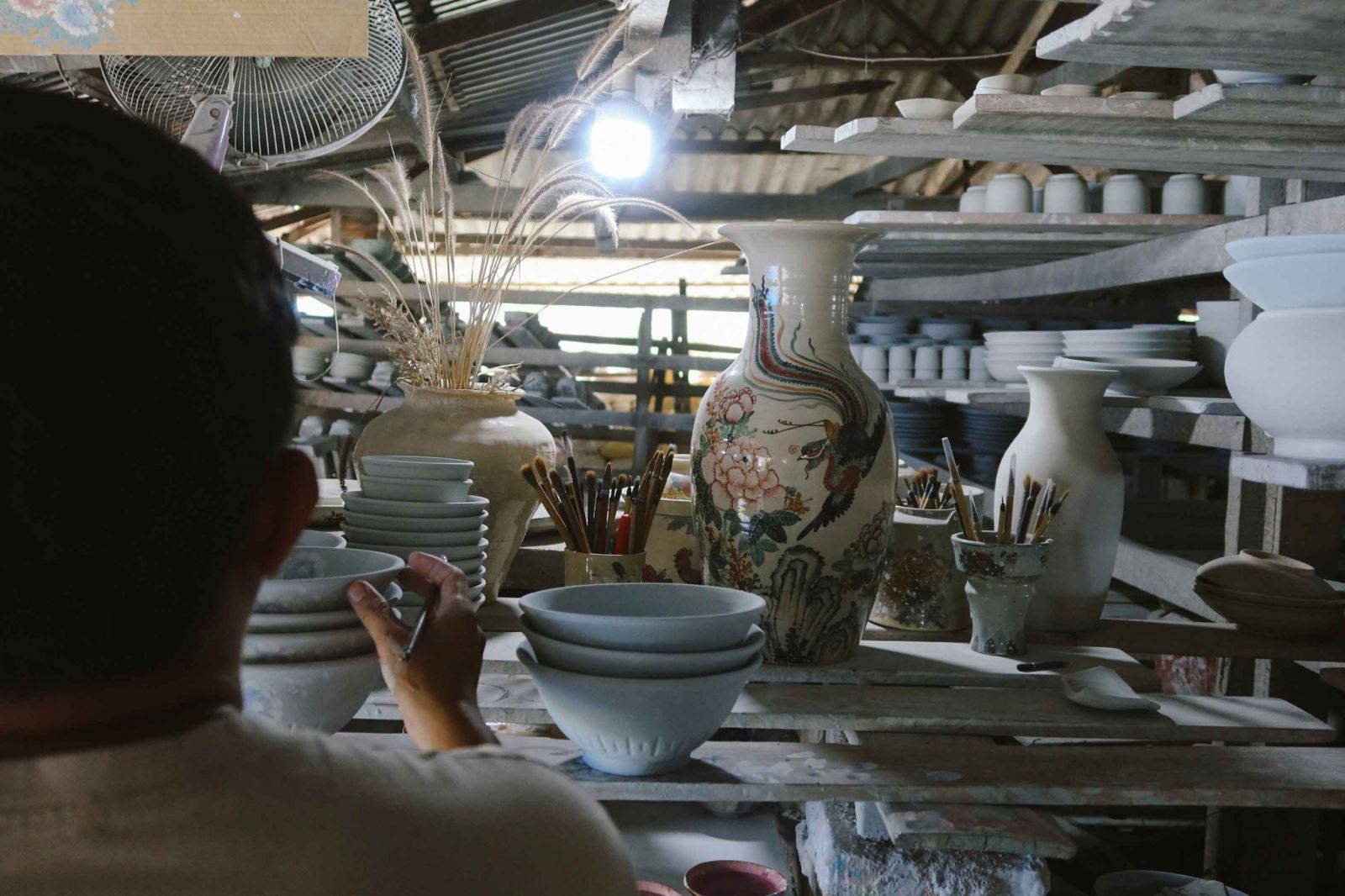
Currently, Lai Thieu pottery mainly makes household products such as bowls, plates, glasses... characterized by folk motifs such as lotus flowers, carp, dragons, phoenixes. The local clay material has a smooth plasticity, combined with traditional firing techniques at high temperatures, helping the products have good durability and heat resistance.
Many establishments still maintain wood-fired kilns - a characteristic that contributes to creating a unique glaze for pottery. After more than 150 years, Lai Thieu pottery is still a unique symbol of handicraft culture of the old Binh Duong land, bearing the mark of a golden age of Southern craft villages.
The profession of making the Hau of the Chinese
The Hau is considered a sacred mascot of the Fujian Chinese community in Binh Duong (old), often appearing in ceremonies and not for entertainment purposes. Along with the crafting technique, the art of Hau dancing has also been preserved by the community for many generations.
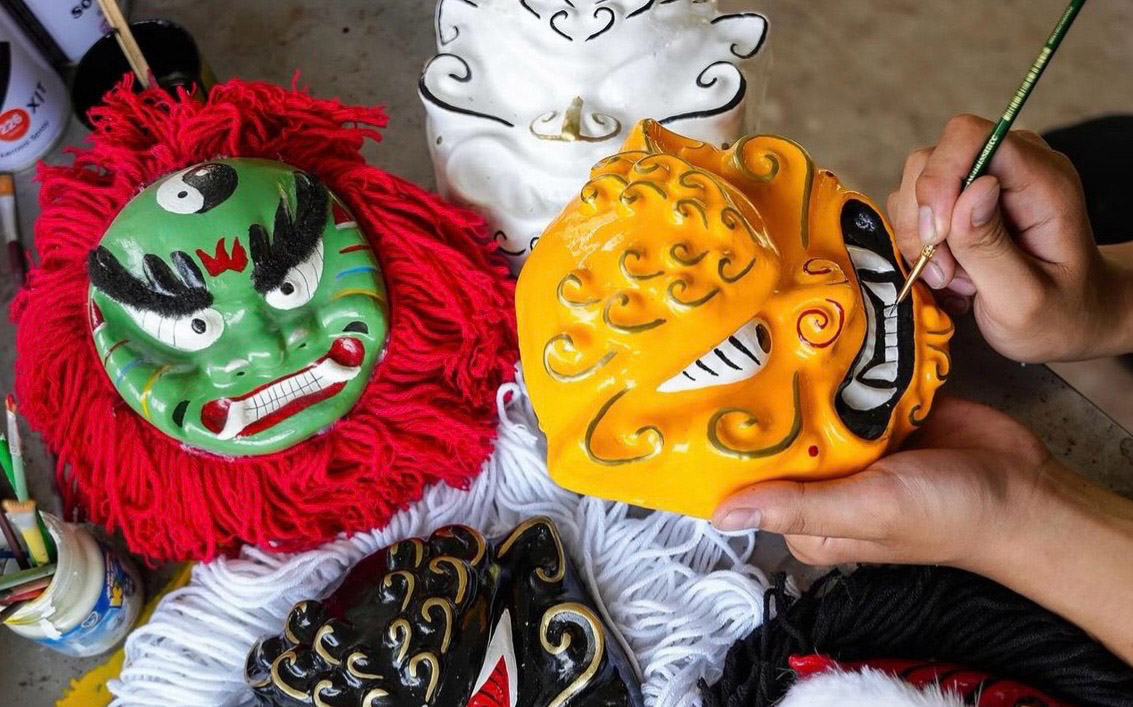
Unlike the lion - unicorn - dragon dance, the Hau dance has a deep spiritual meaning, often performed in the Thien Hau Thanh Mau Pagoda festival and the Ong Bon ceremony. The Hau stands out with its fierce face, hand-crafted from a clay mold, then improved with a silicon mold to increase durability.
The Hau head is fixed with a bamboo frame, meticulously painted with black, red, yellow, green, and finished with a woolen mane to create an eye-catching look. At the early spring festivals in Binh Duong (old), Hau dance is a unique highlight that strongly represents the local Chinese culture, contributing to enriching the spiritual life of the community.
Wooden clog making in Thu Dau Mot
After more than 100 years of existence, the wooden clog making craft in Thu Dau Mot ward, Ho Chi Minh City (new) not only contributes to preserving traditional cultural values but is also a unique tourist destination for craft villages.
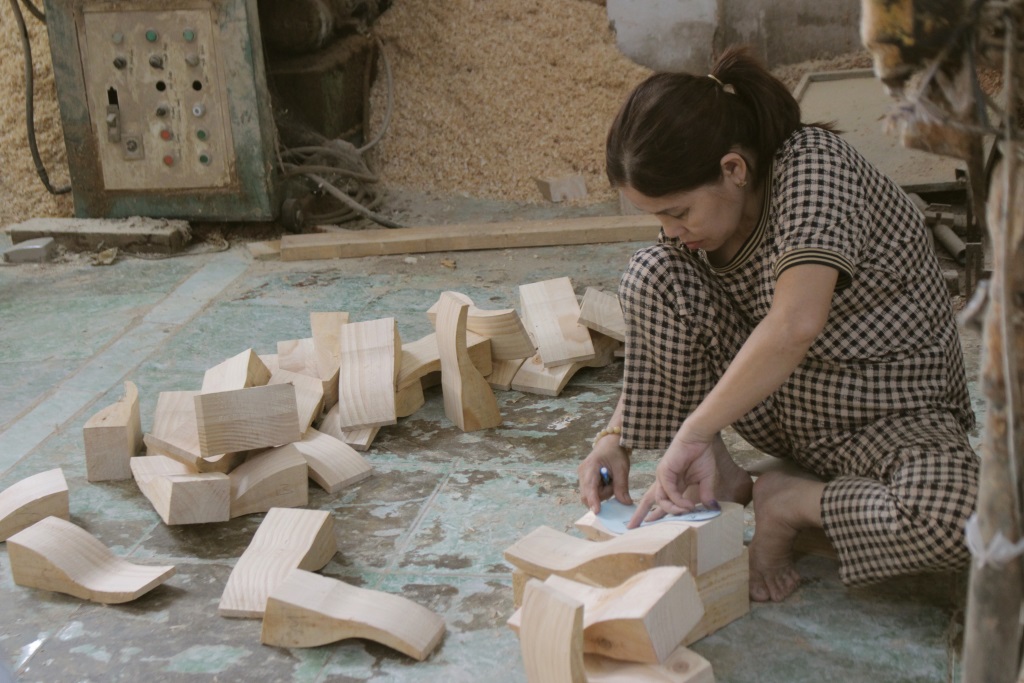
Traditional wooden clogs are made from light woods such as xoan and pine, through many manual stages such as shaping, sanding, painting and carving straps. In addition to painted clogs and patterned clogs, establishments also combine hand embroidery and beading to increase aesthetics.
Although the scale of production has decreased, the wooden clog making craft is still maintained by some establishments as a way to preserve local identity.
The clay pig making village in Lai Thieu
After more than 50 years of existence, the clay pig craft village in Lai Thieu ward, Ho Chi Minh City (new) still maintains its own vitality in the context of many modern products being born.
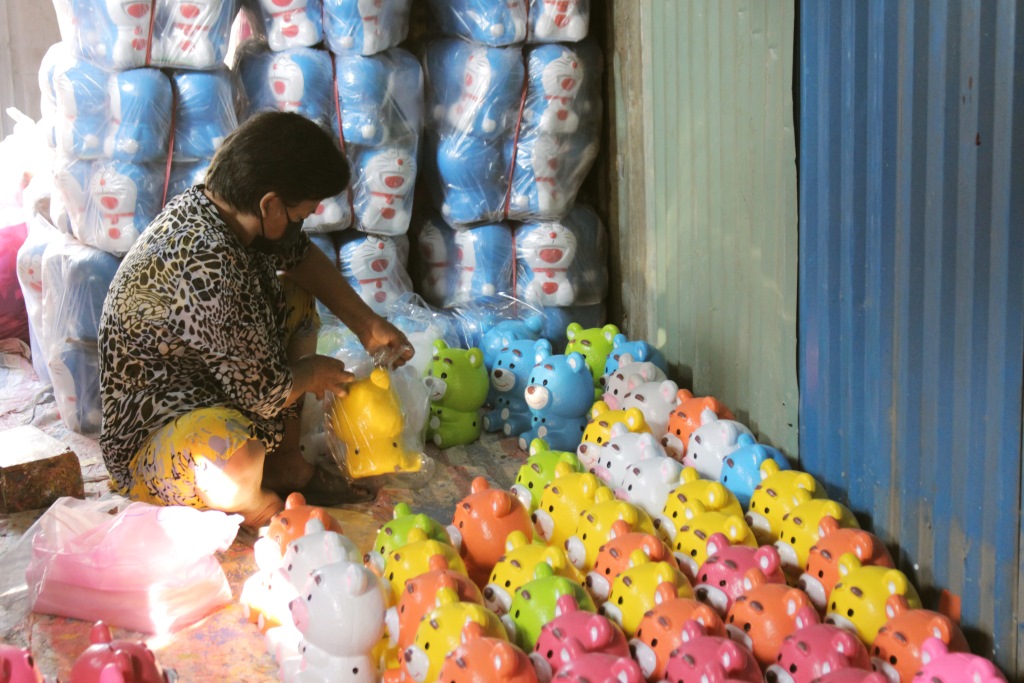
In the past, Lai Thieu people were responsible for the entire process of making clay pigs, from molding, firing to decorating. However, to ensure the environment, the kilns were moved far away from residential areas, causing many households to switch to importing raw clay pigs from Tan Uyen for processing and painting.
The products are consumed in the southern provinces and exported to Laos and Cambodia, especially in high demand during the Lunar New Year and the school opening season.
Tuong Binh Hiep lacquer craft village
Tuong Binh Hiep lacquer craft village in Chanh Hiep ward, Ho Chi Minh City (new), with an age of more than 100 years, was recognized as a National Intangible Cultural Heritage in 2016. This is one of the typical handicraft villages in the South.
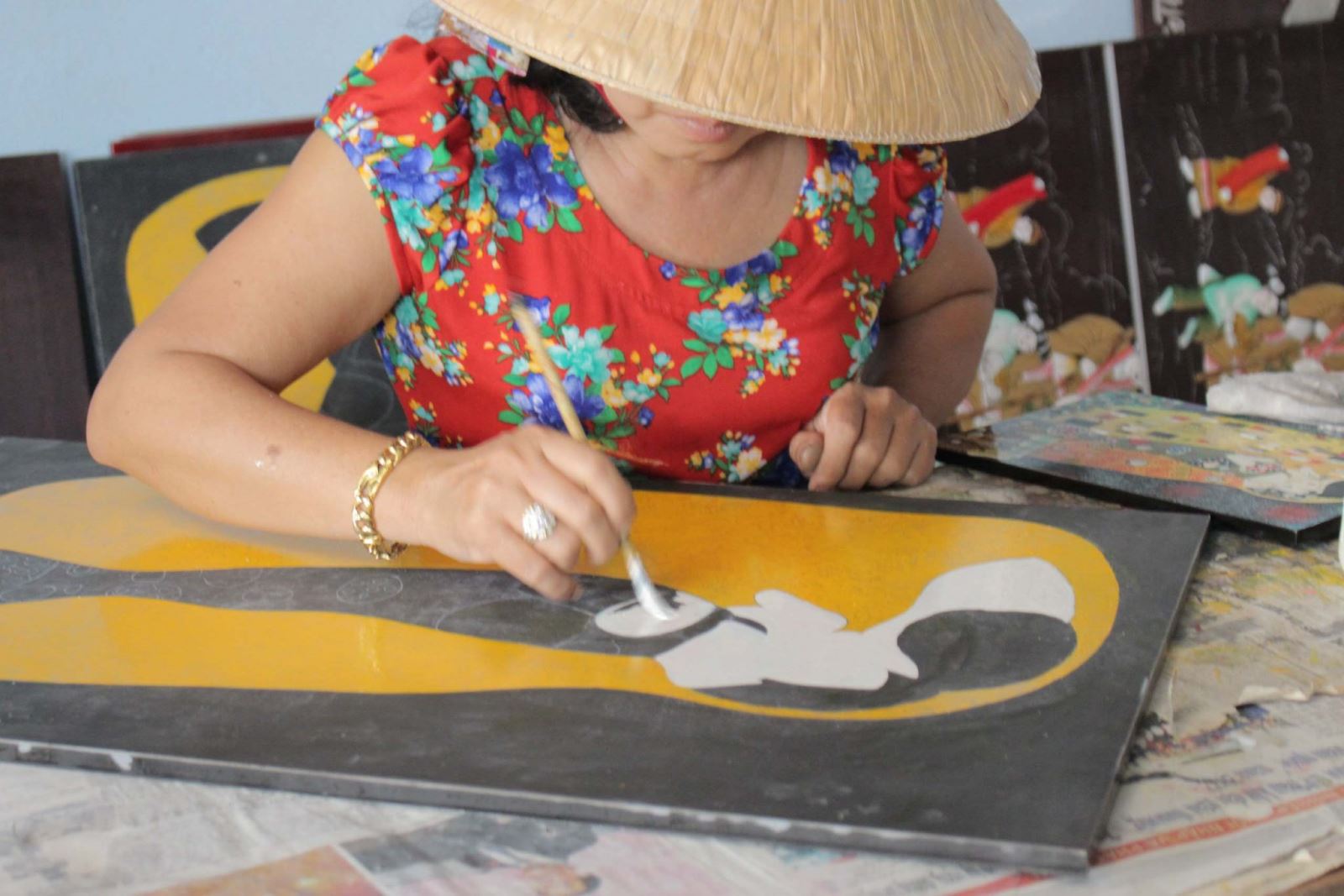
To complete a traditional lacquer product, artisans must go through 25 elaborate stages, some of which take three to six months to meet requirements. Currently, the craft village and surrounding areas have about 20 production facilities, creating jobs for about 1,000 workers.
In order to preserve the craft village, Binh Duong province (old) has approved a project to develop tourism associated with traditional lacquer, build an exhibition area, perform and connect experience tours to promote the unique craft to tourists.
Le Minh Xuan Incense Village
Le Minh Xuan Incense Village in Binh Loi Commune, Ho Chi Minh City (new) is one of the oldest traditional craft villages and a major incense production center in the Southern region. With an age of more than 100 years, this place still maintains its unique craftsmanship through many generations.
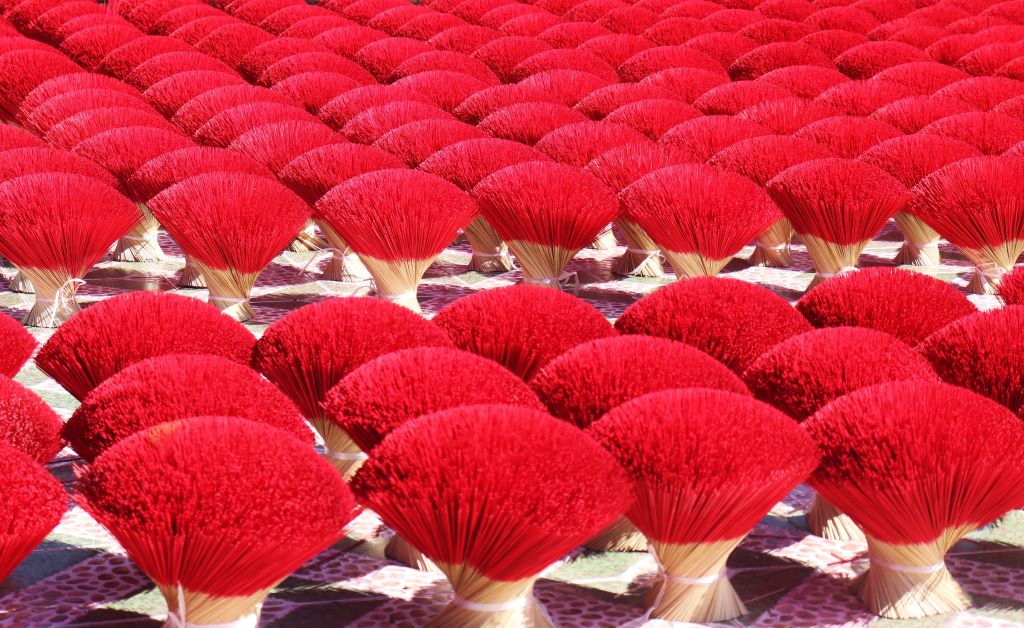
In the craft village, the stages of making incense are still mostly done manually, from dyeing bamboo legs, rolling incense, drying to packaging. The bright red and golden incense bundles are dried along the paths, creating a lively scene, becoming an attractive destination for photography and adventure tourism enthusiasts.
In addition to traditional incense types, many households also diversify their designs and colors to serve market demand. Not only playing the role of supplying consumer products widely, Le Minh Xuan incense village is also a typical image of the combination of manual labor and traditional cultural values in the heart of the city.
According to sgtt.thesaigontimes.vn
 Currently, Lai Thieu pottery mainly makes household products such as bowls, plates, glasses... characterized by folk motifs such as lotus flowers, carp, dragons, phoenixes. The local clay material has a smooth plasticity, combined with traditional firing techniques at high temperatures, helping the products have good durability and heat resistance.
Currently, Lai Thieu pottery mainly makes household products such as bowls, plates, glasses... characterized by folk motifs such as lotus flowers, carp, dragons, phoenixes. The local clay material has a smooth plasticity, combined with traditional firing techniques at high temperatures, helping the products have good durability and heat resistance. Unlike the lion - unicorn - dragon dance, the Hau dance has a deep spiritual meaning, often performed in the Thien Hau Thanh Mau Pagoda festival and the Ong Bon ceremony. The Hau stands out with its fierce face, hand-crafted from a clay mold, then improved with a silicon mold to increase durability.
Unlike the lion - unicorn - dragon dance, the Hau dance has a deep spiritual meaning, often performed in the Thien Hau Thanh Mau Pagoda festival and the Ong Bon ceremony. The Hau stands out with its fierce face, hand-crafted from a clay mold, then improved with a silicon mold to increase durability. Traditional wooden clogs are made from light woods such as xoan and pine, through many manual stages such as shaping, sanding, painting and carving straps. In addition to painted clogs and patterned clogs, establishments also combine hand embroidery and beading to increase aesthetics.
Traditional wooden clogs are made from light woods such as xoan and pine, through many manual stages such as shaping, sanding, painting and carving straps. In addition to painted clogs and patterned clogs, establishments also combine hand embroidery and beading to increase aesthetics. In the past, Lai Thieu people were responsible for the entire process of making clay pigs, from molding, firing to decorating. However, to ensure the environment, the kilns were moved far away from residential areas, causing many households to switch to importing raw clay pigs from Tan Uyen for processing and painting.
In the past, Lai Thieu people were responsible for the entire process of making clay pigs, from molding, firing to decorating. However, to ensure the environment, the kilns were moved far away from residential areas, causing many households to switch to importing raw clay pigs from Tan Uyen for processing and painting. To complete a traditional lacquer product, artisans must go through 25 elaborate stages, some of which take three to six months to meet requirements. Currently, the craft village and surrounding areas have about 20 production facilities, creating jobs for about 1,000 workers.
To complete a traditional lacquer product, artisans must go through 25 elaborate stages, some of which take three to six months to meet requirements. Currently, the craft village and surrounding areas have about 20 production facilities, creating jobs for about 1,000 workers. In the craft village, the stages of making incense are still mostly done manually, from dyeing bamboo legs, rolling incense, drying to packaging. The bright red and golden incense bundles are dried along the paths, creating a lively scene, becoming an attractive destination for photography and adventure tourism enthusiasts.
In the craft village, the stages of making incense are still mostly done manually, from dyeing bamboo legs, rolling incense, drying to packaging. The bright red and golden incense bundles are dried along the paths, creating a lively scene, becoming an attractive destination for photography and adventure tourism enthusiasts.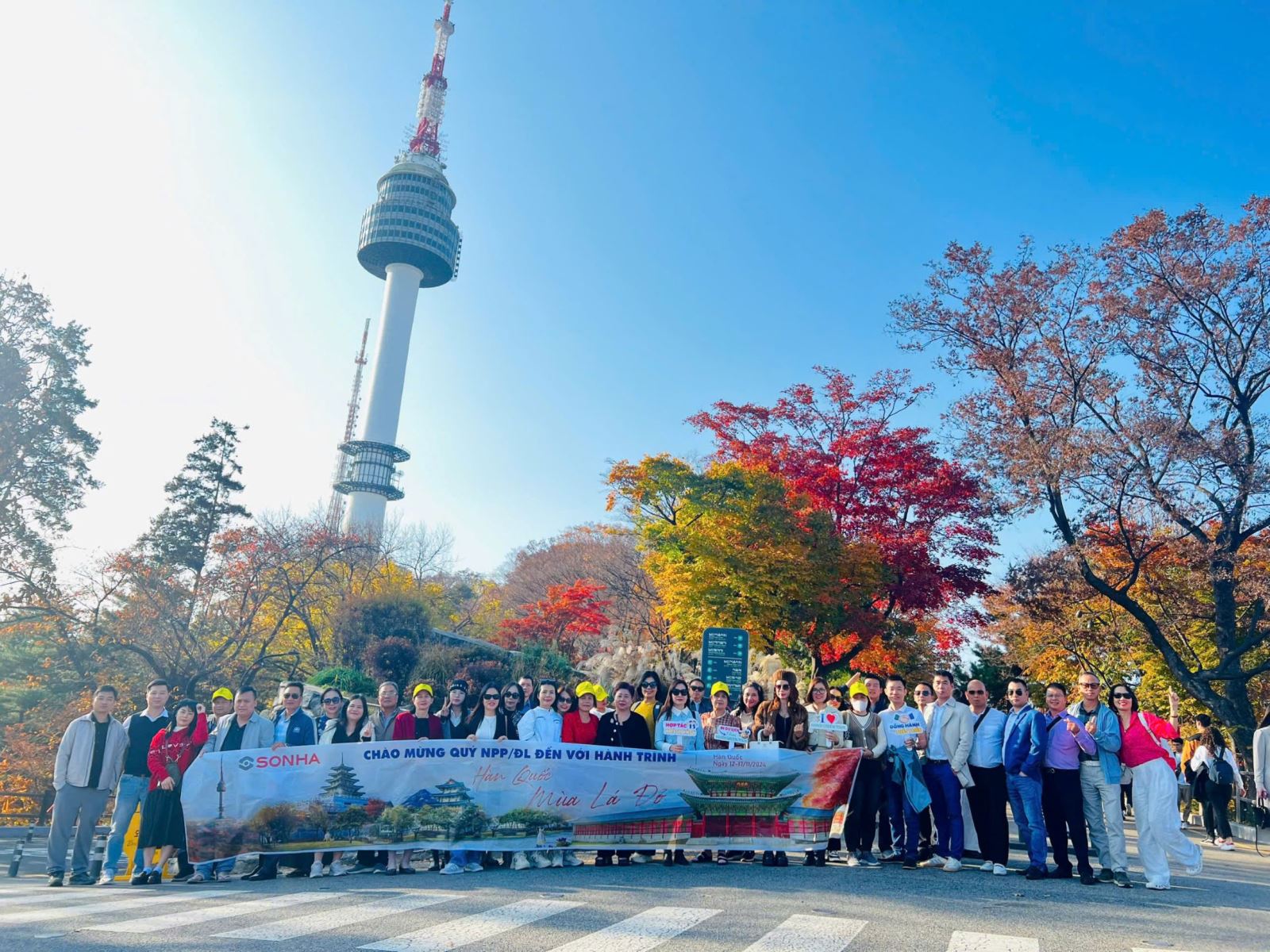



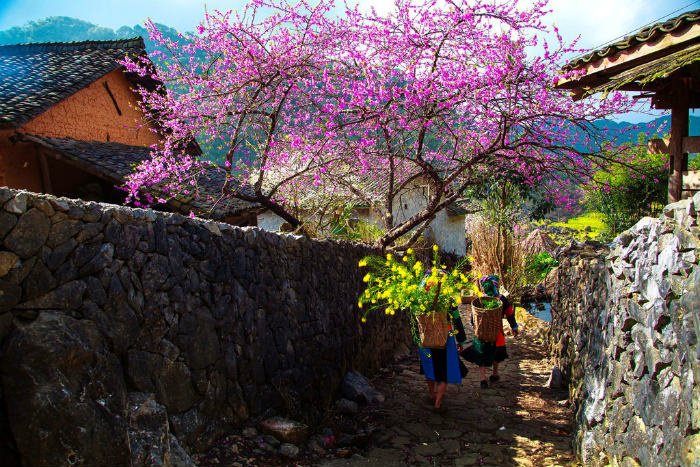




















.jpg)









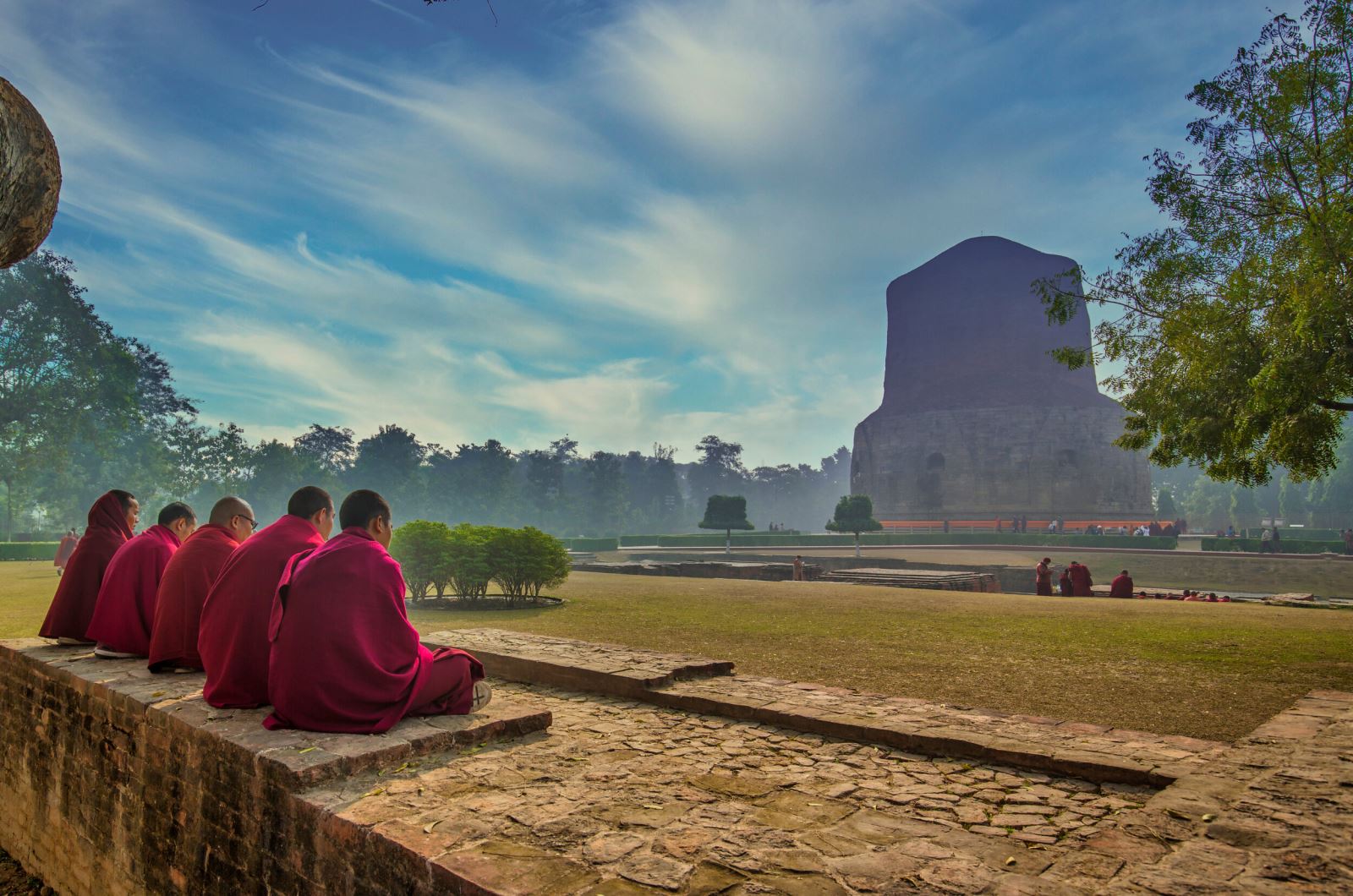









.png)




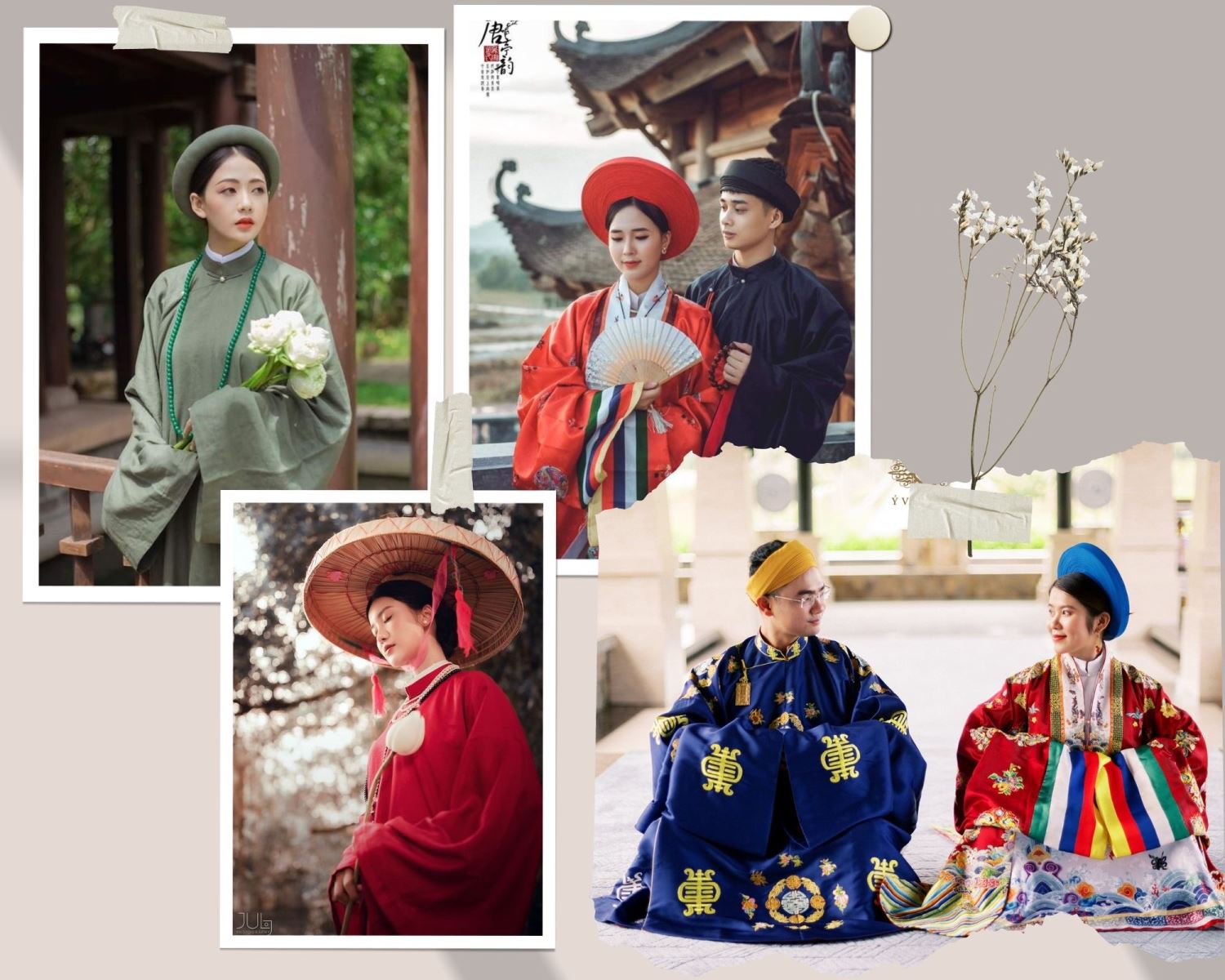







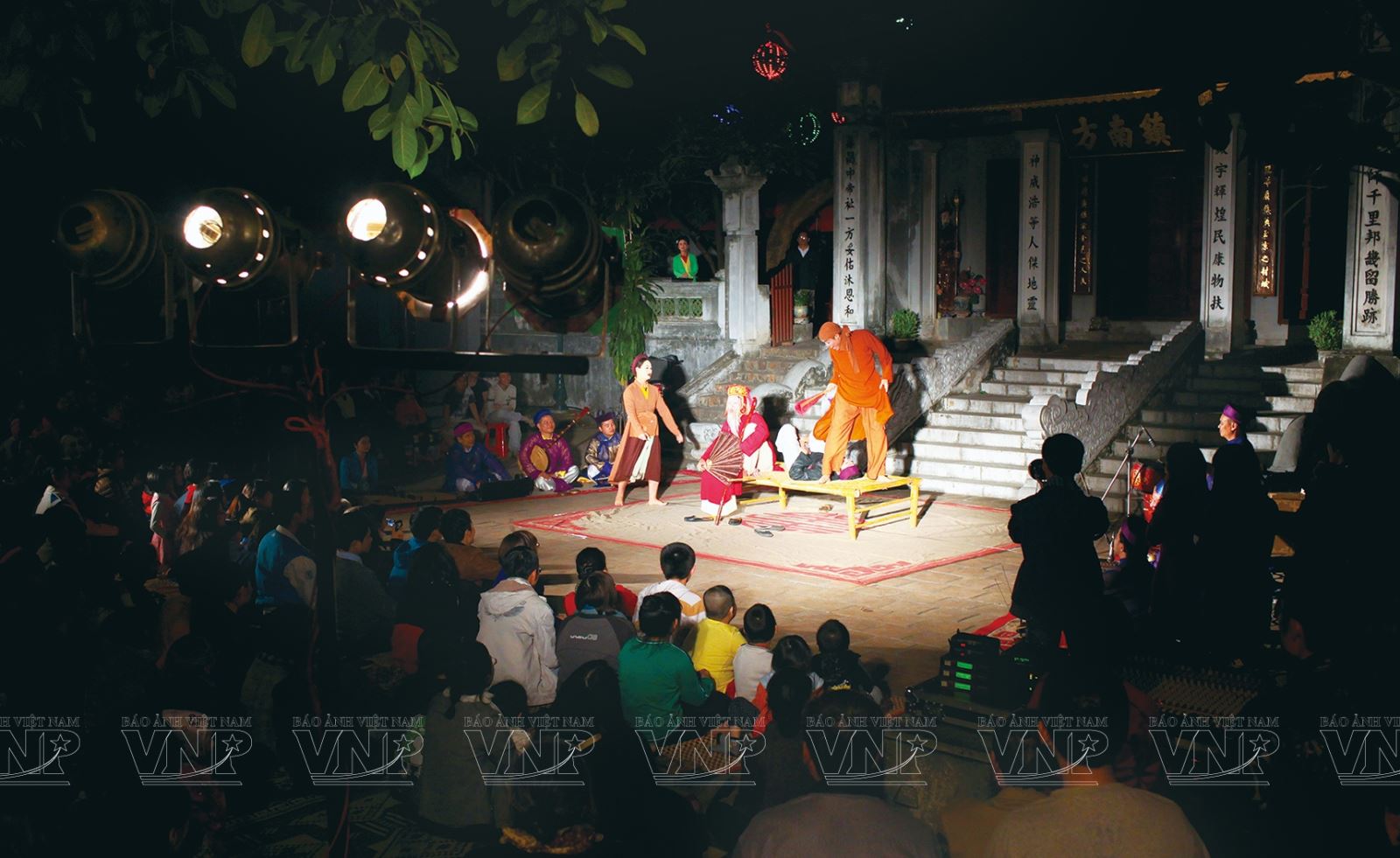
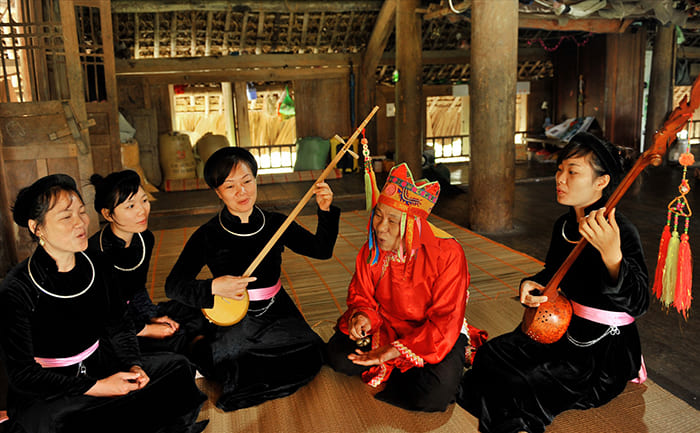
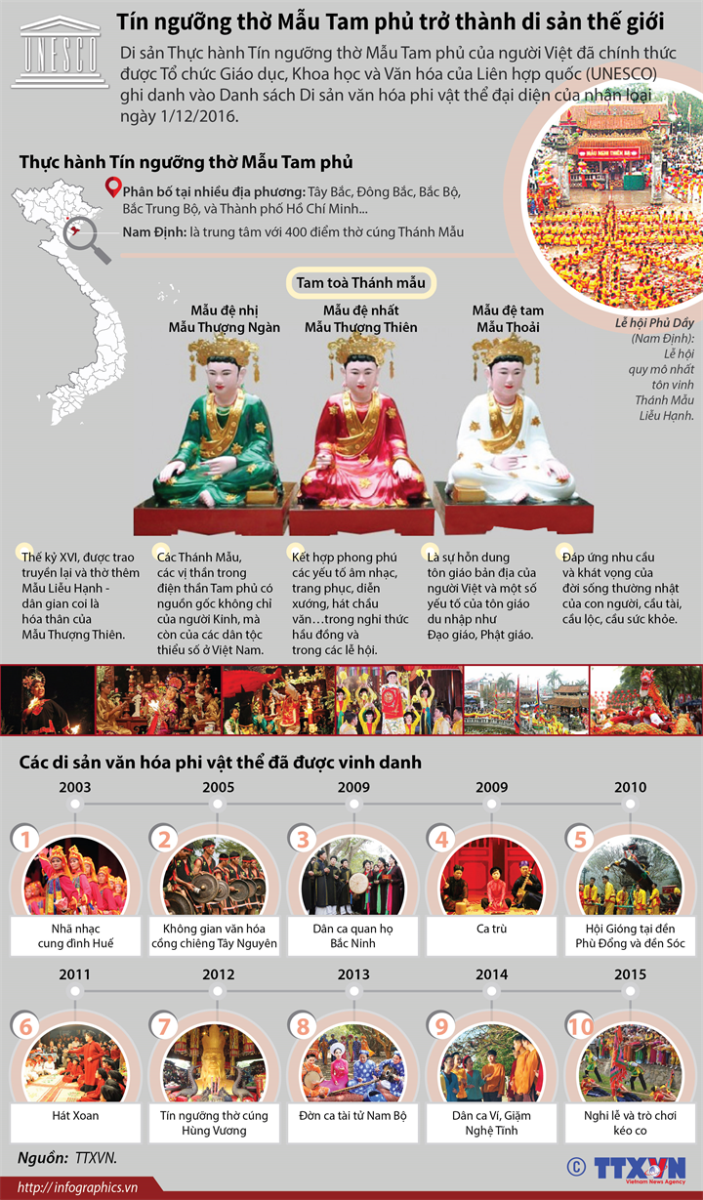

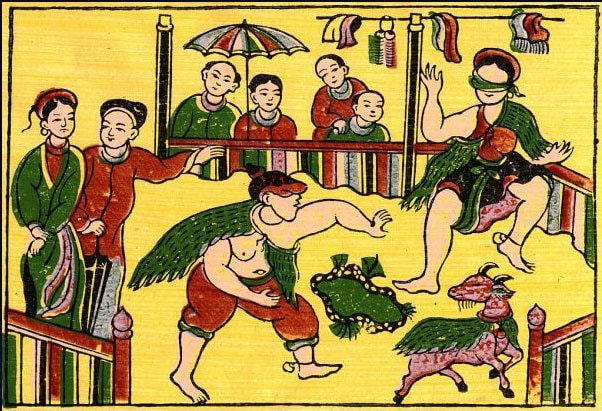

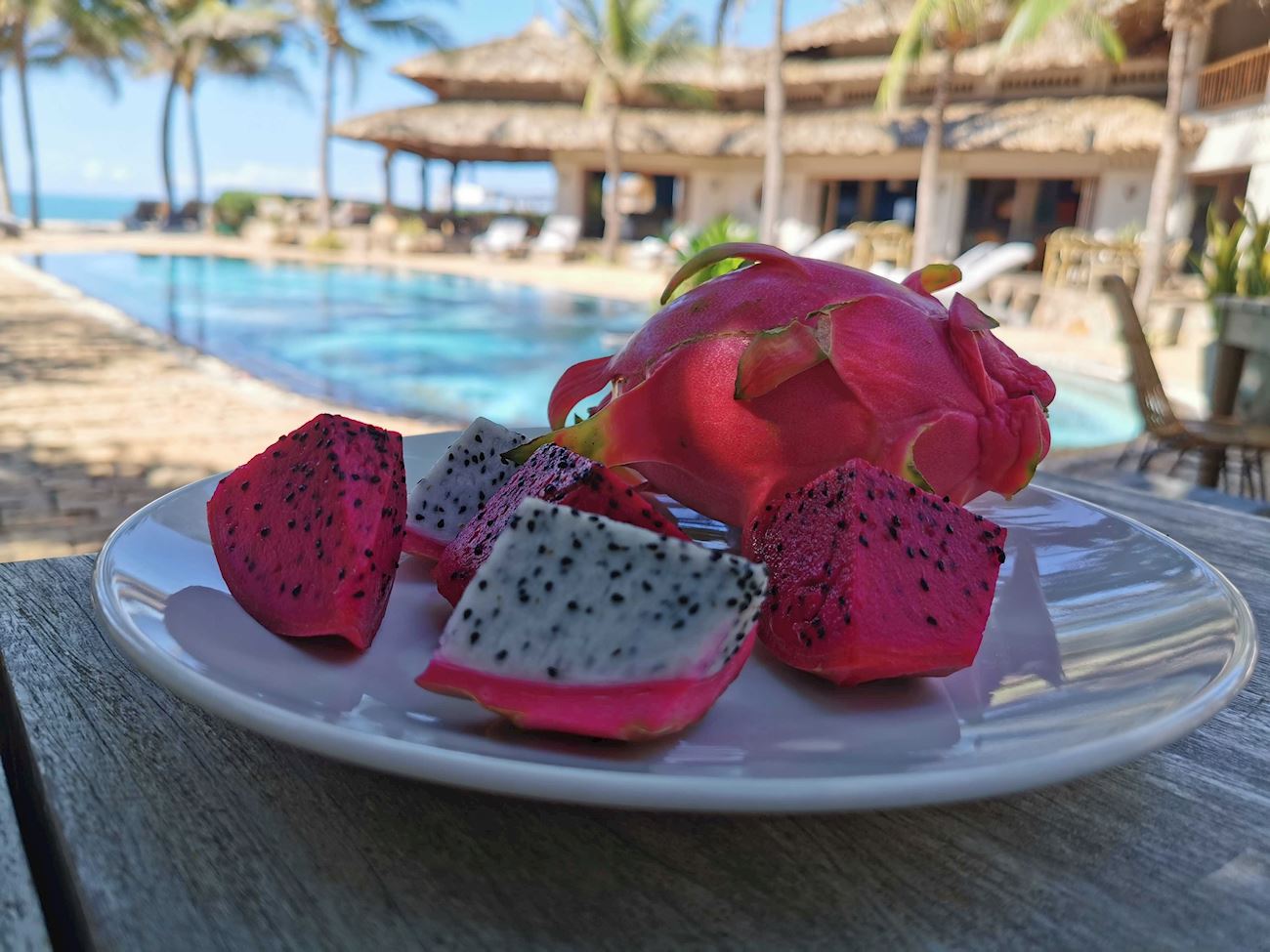
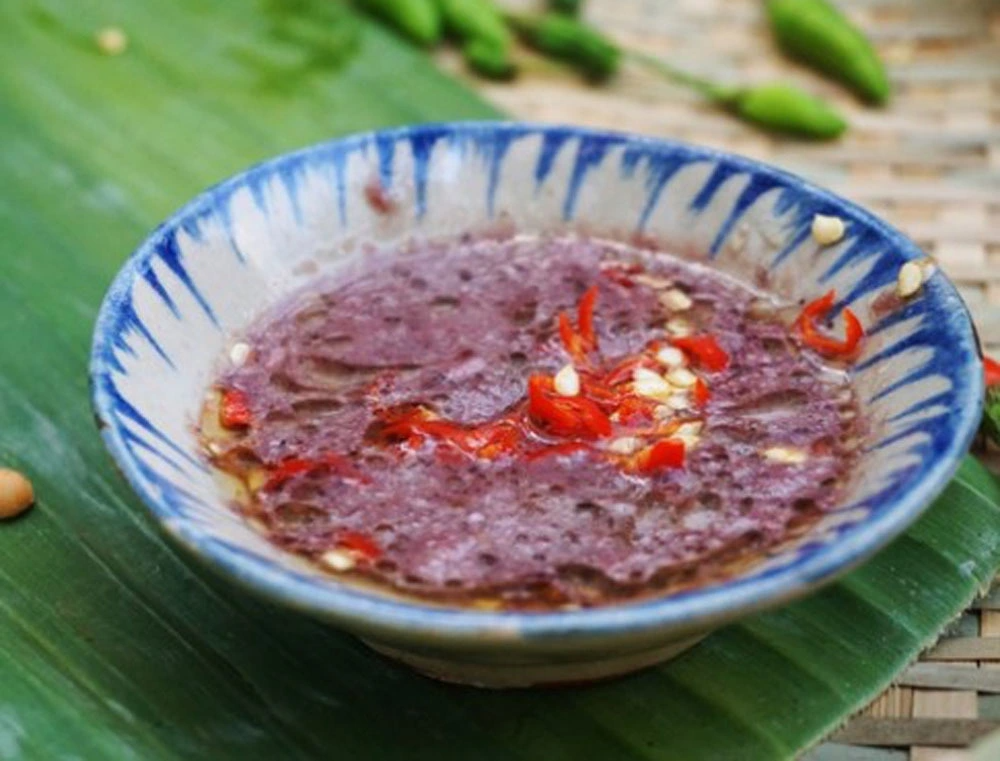

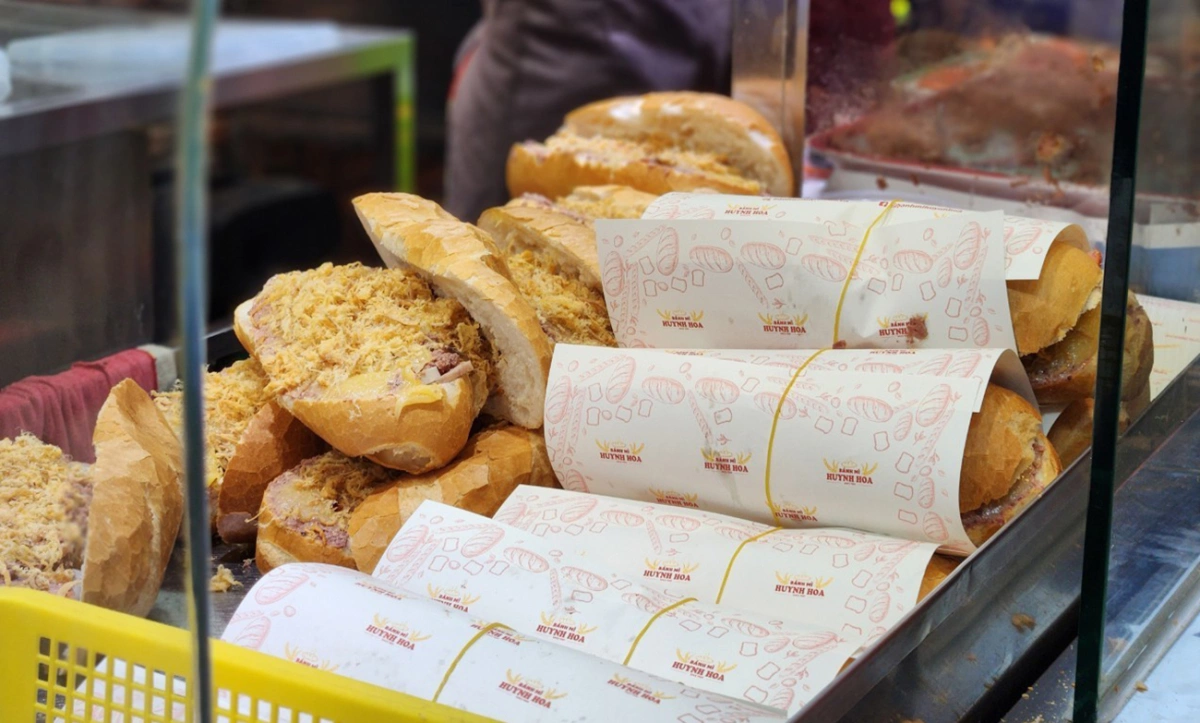


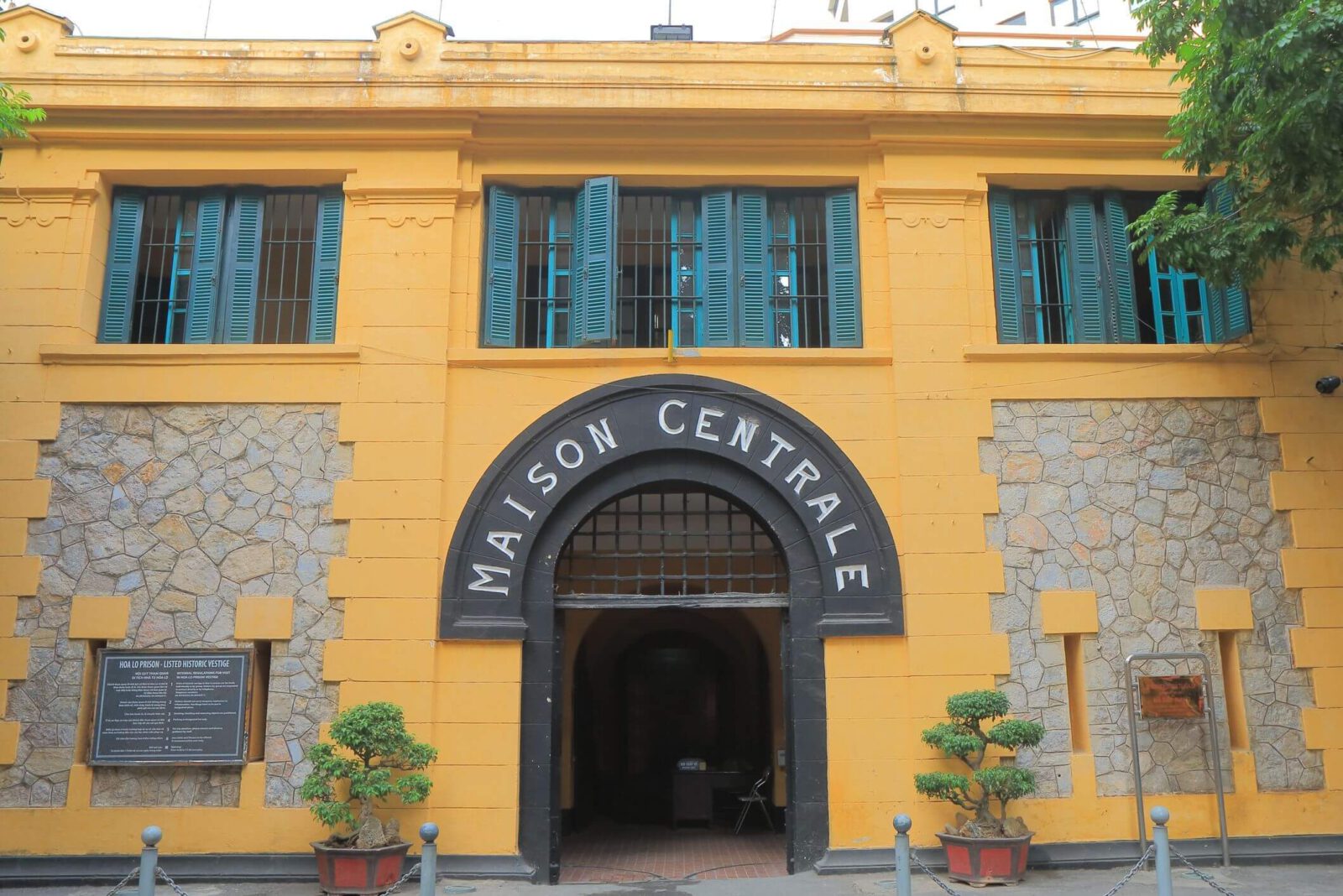



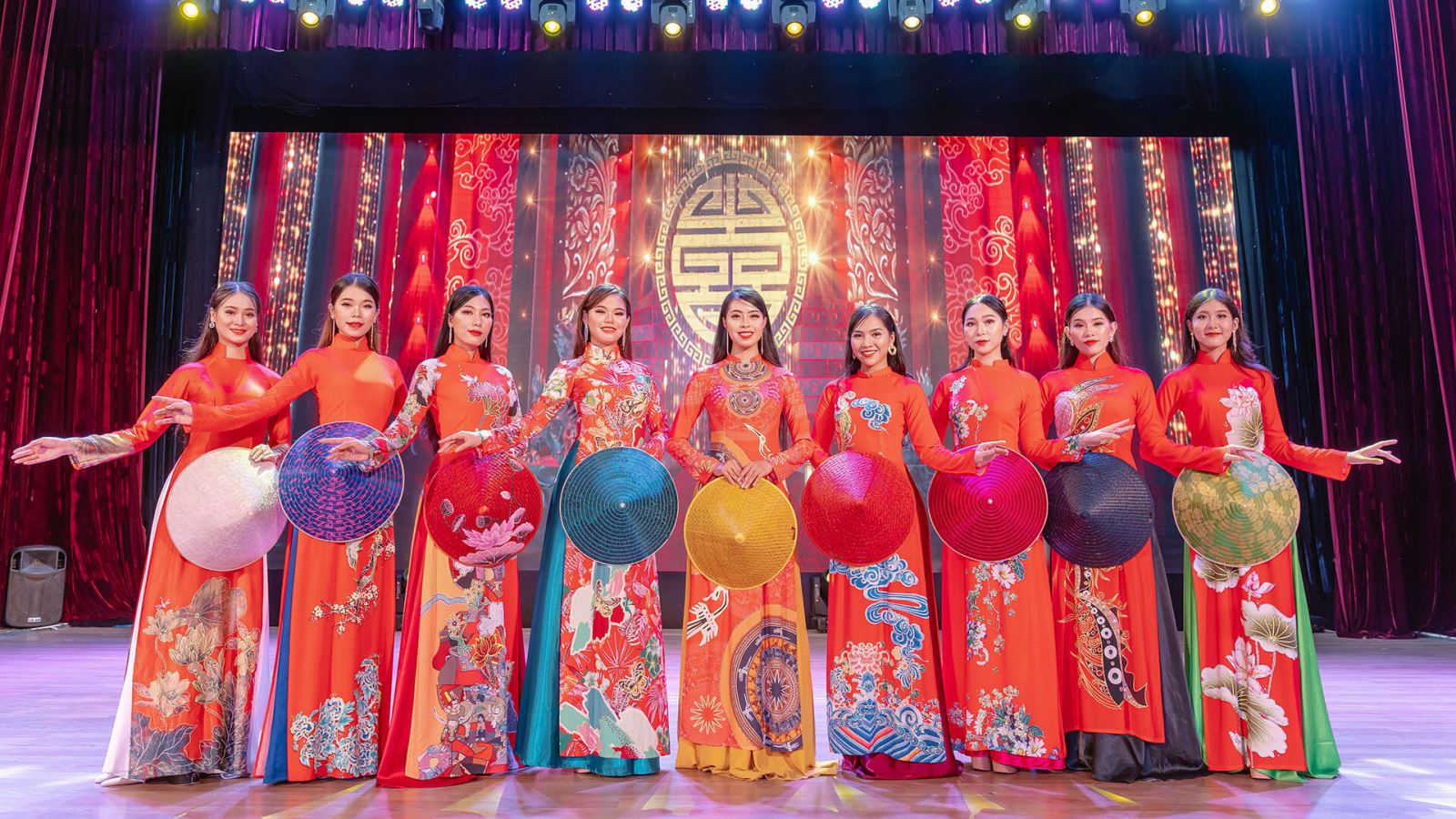

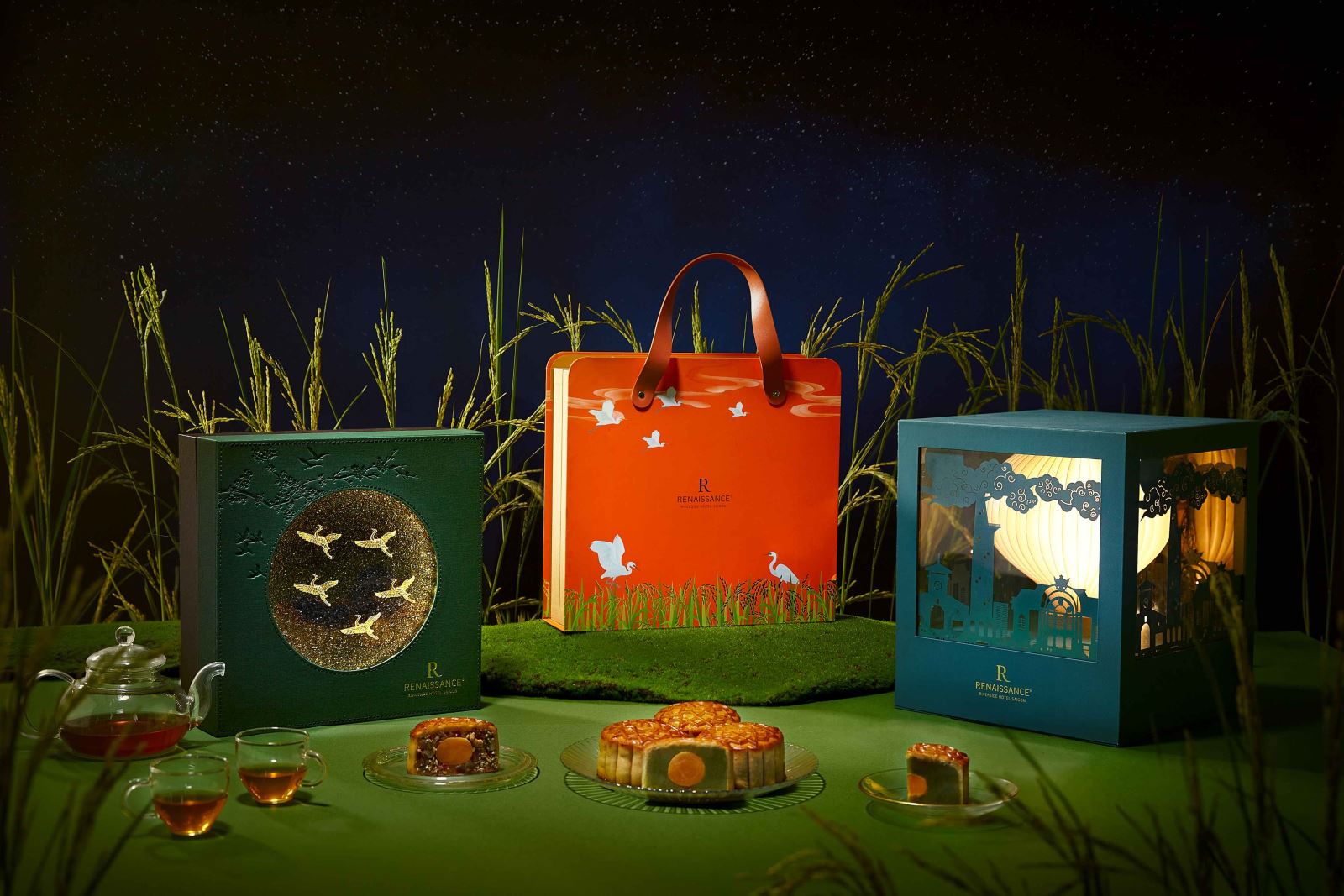

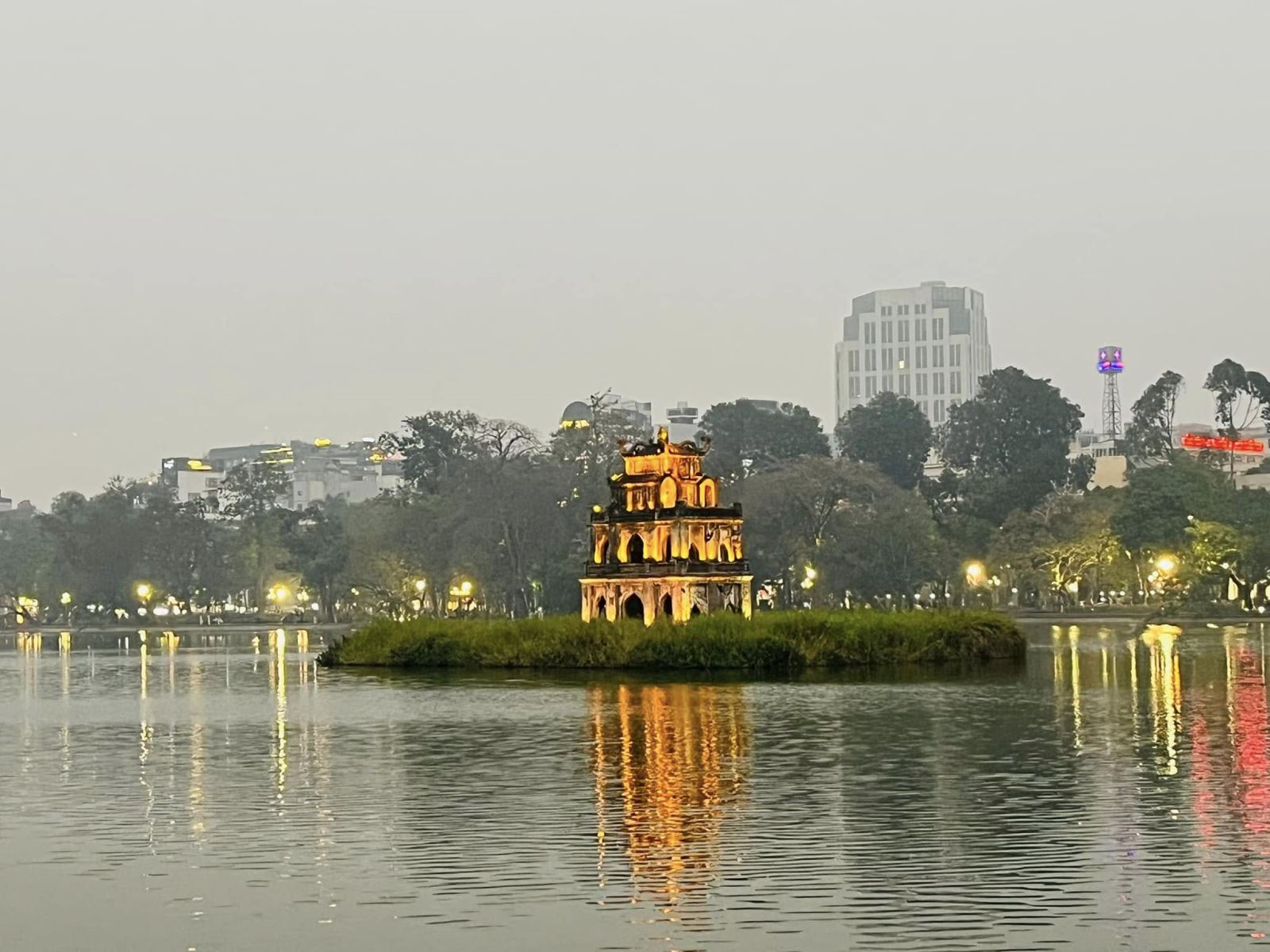

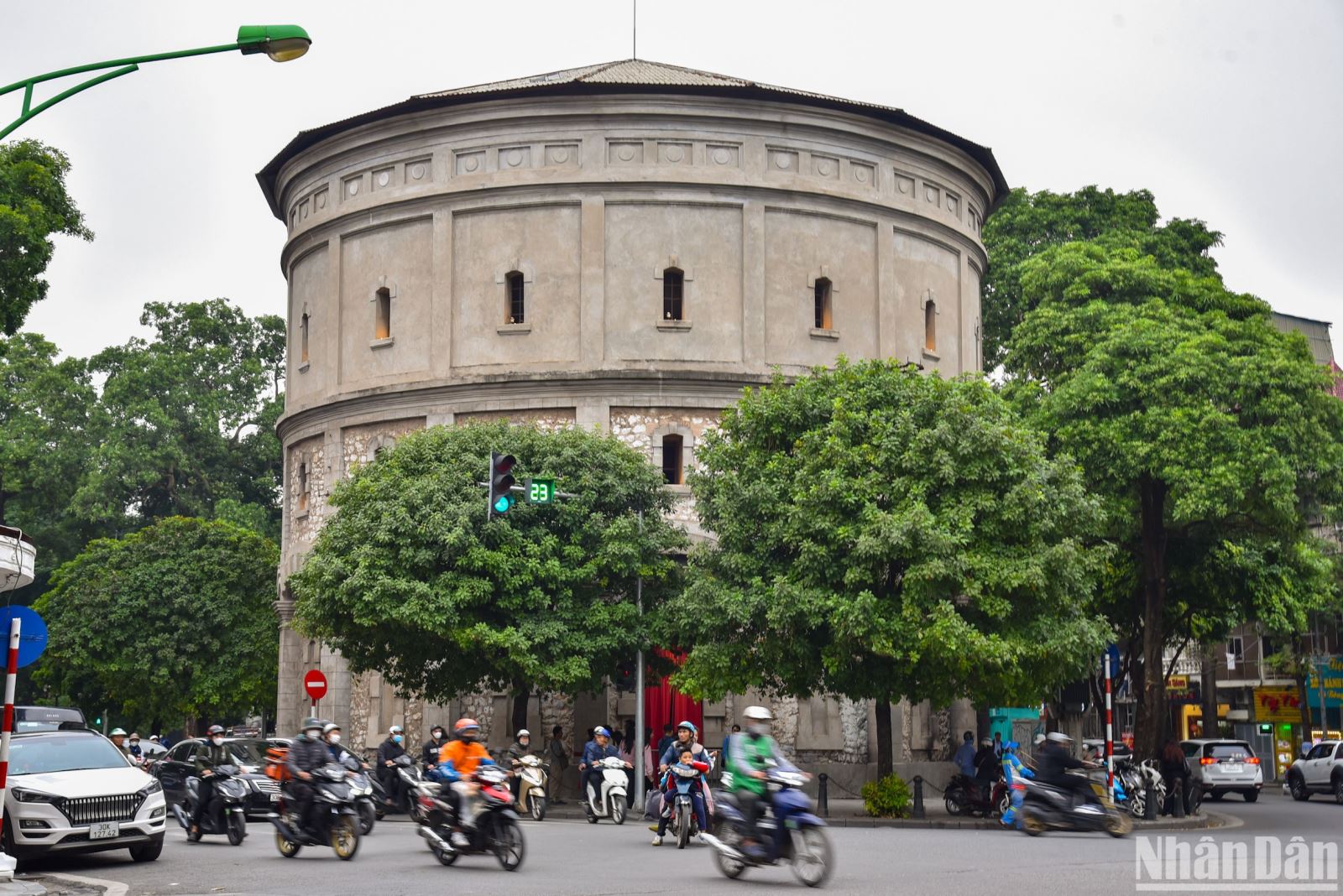
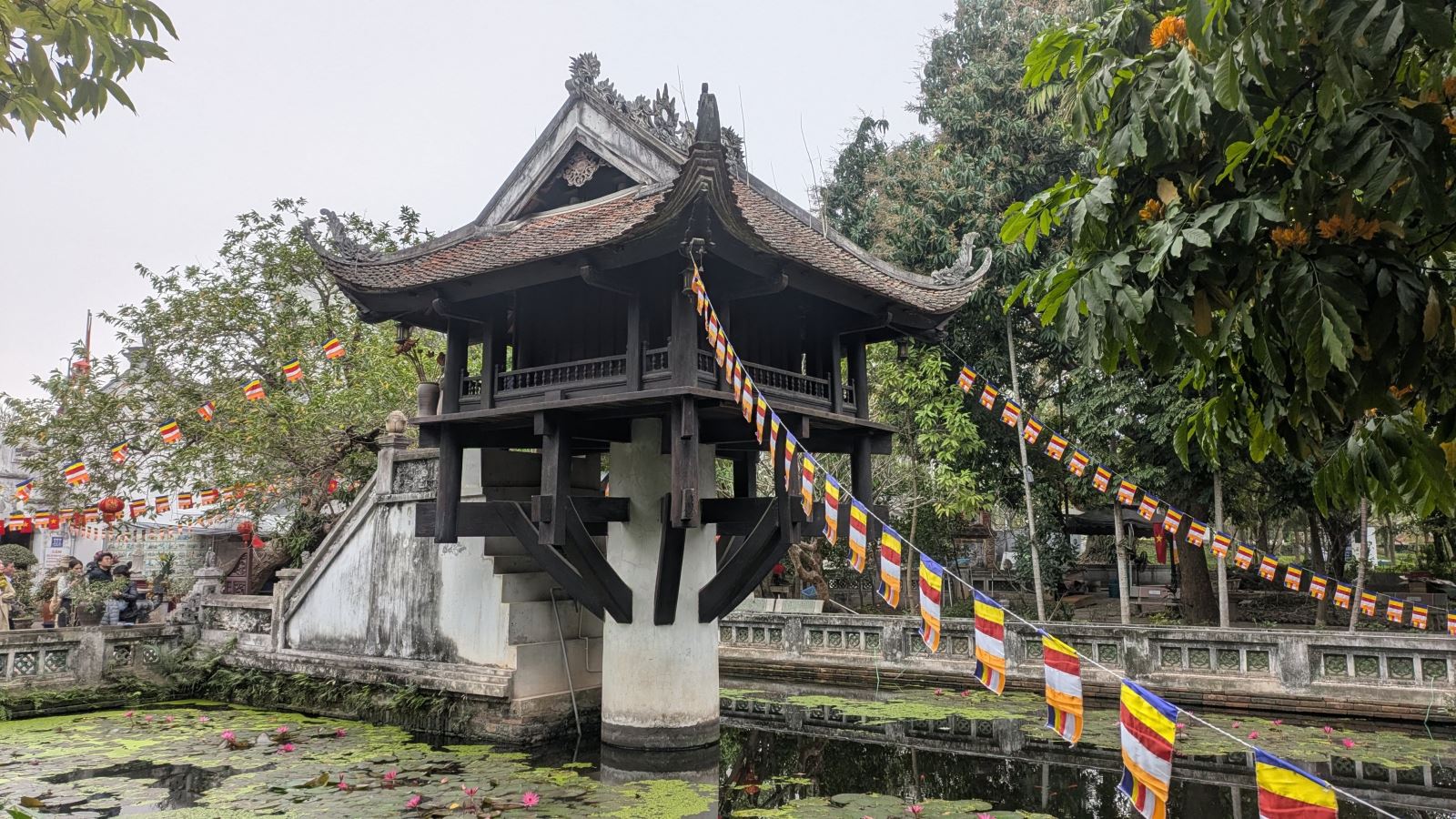
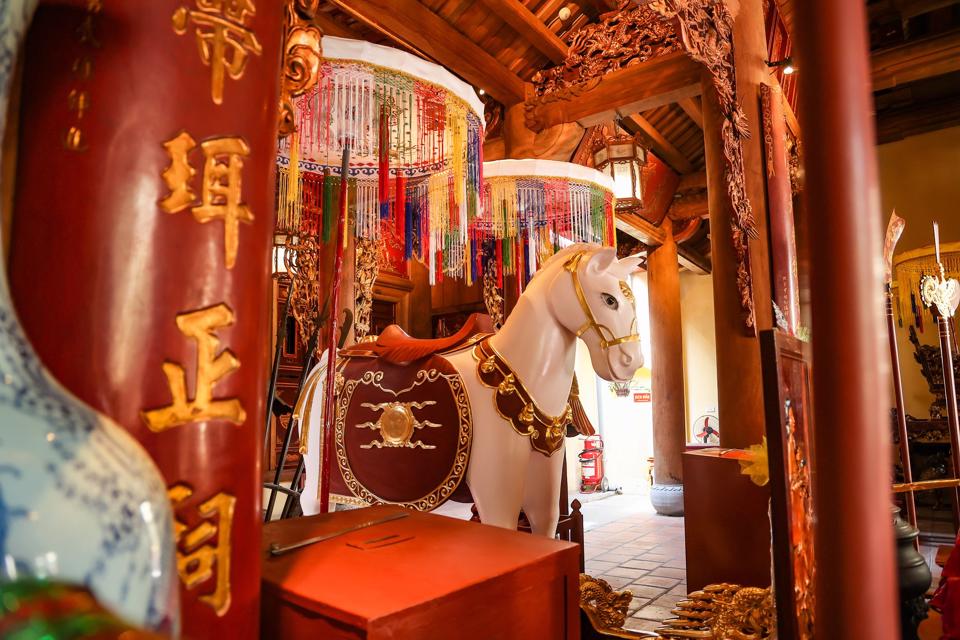
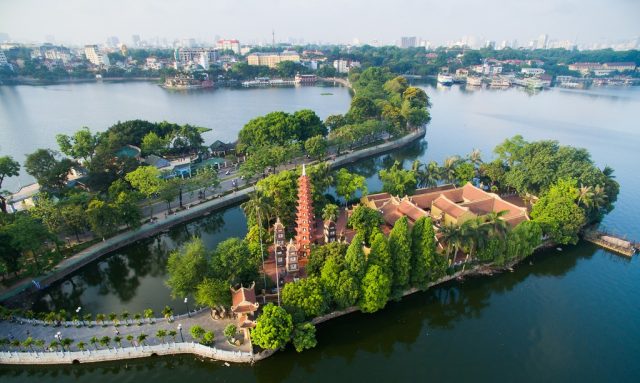

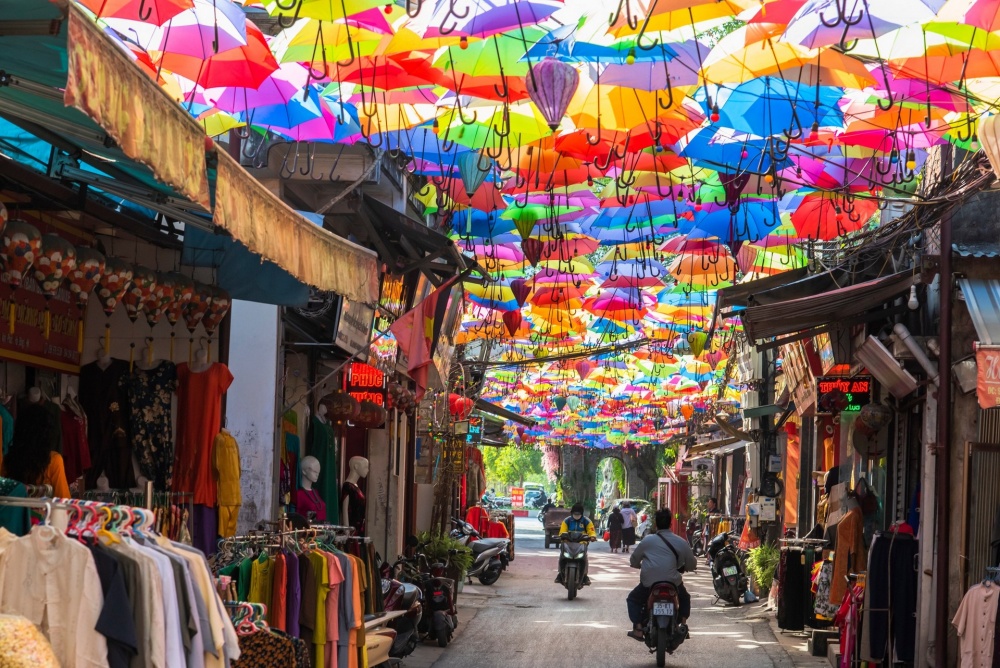

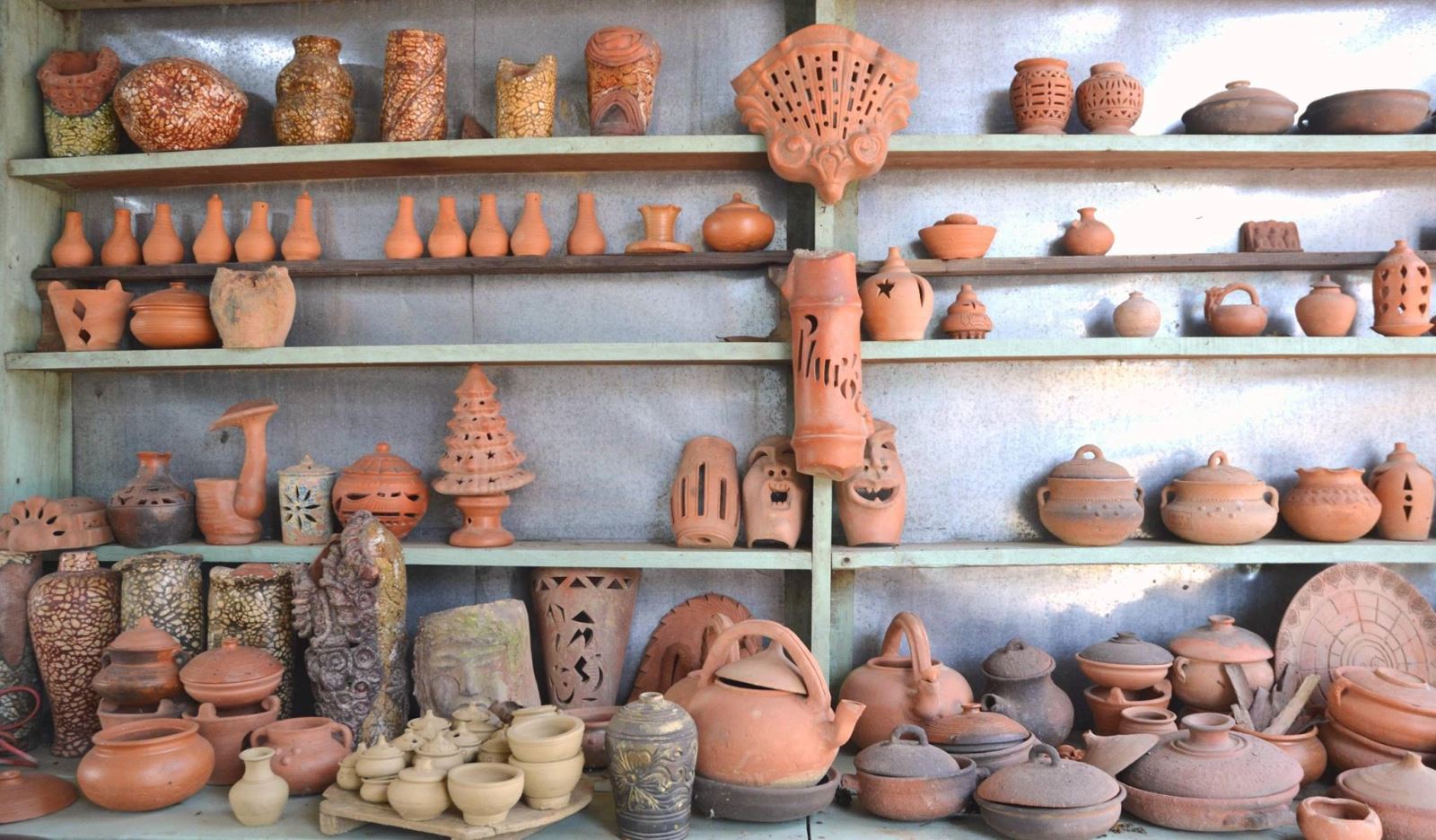
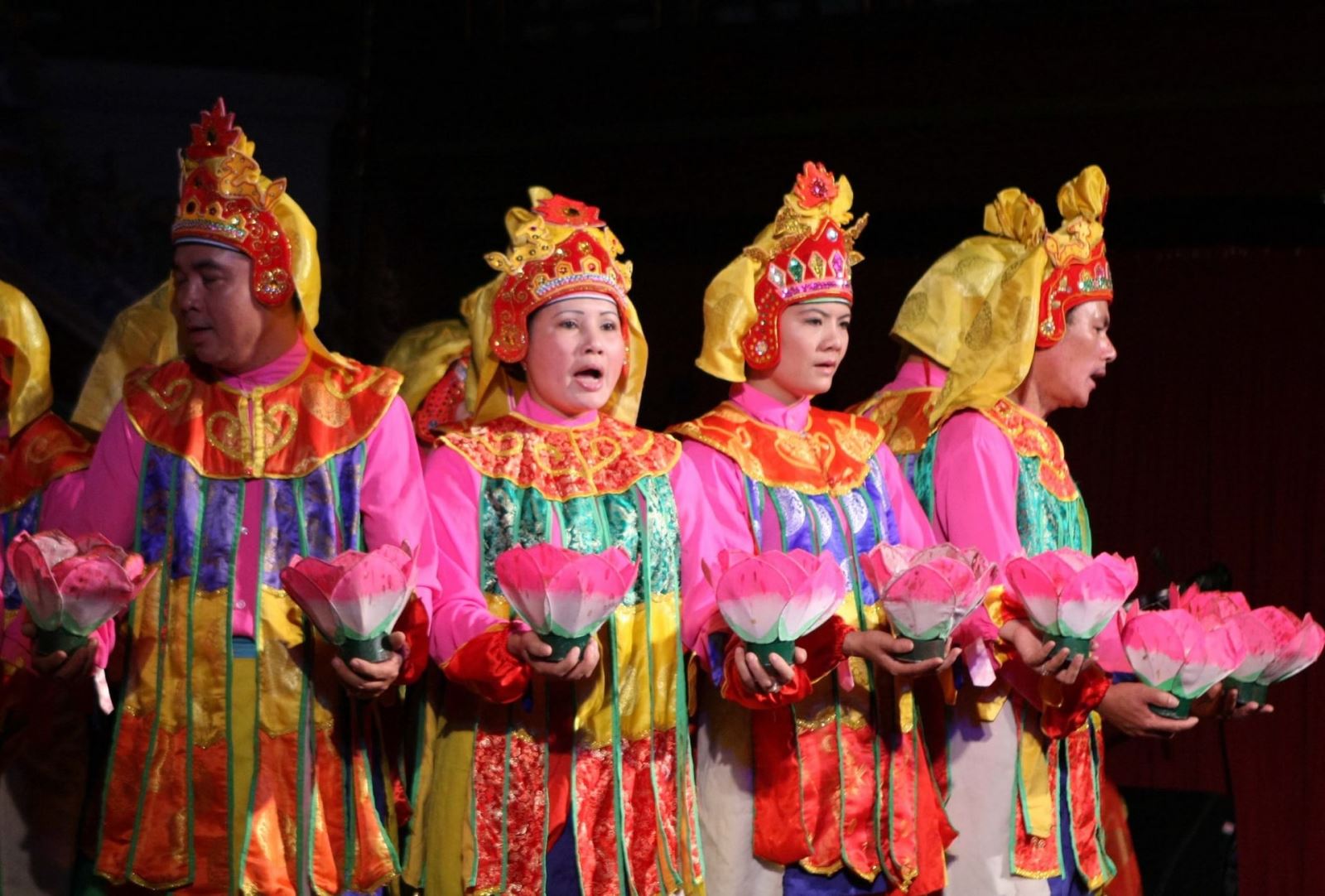

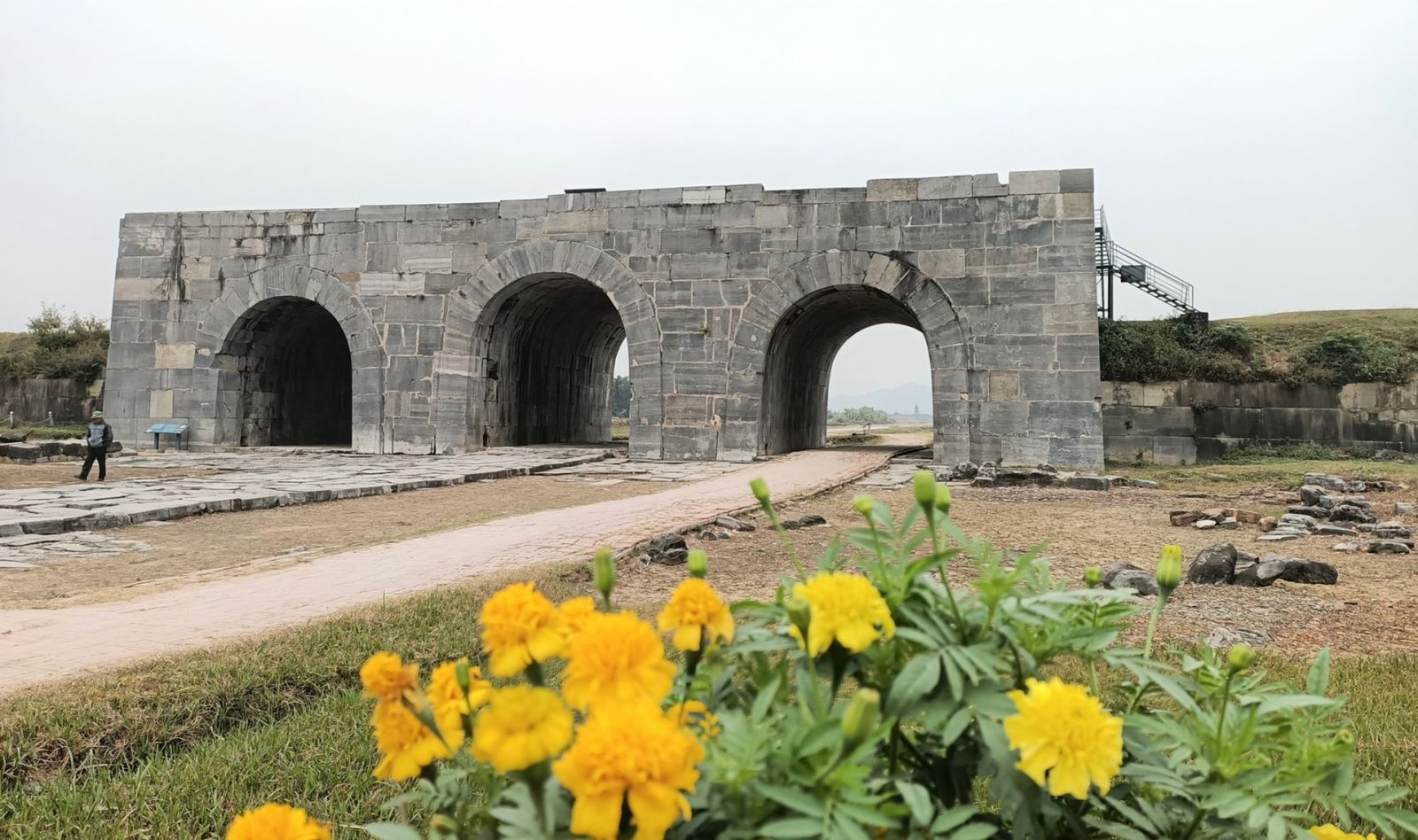





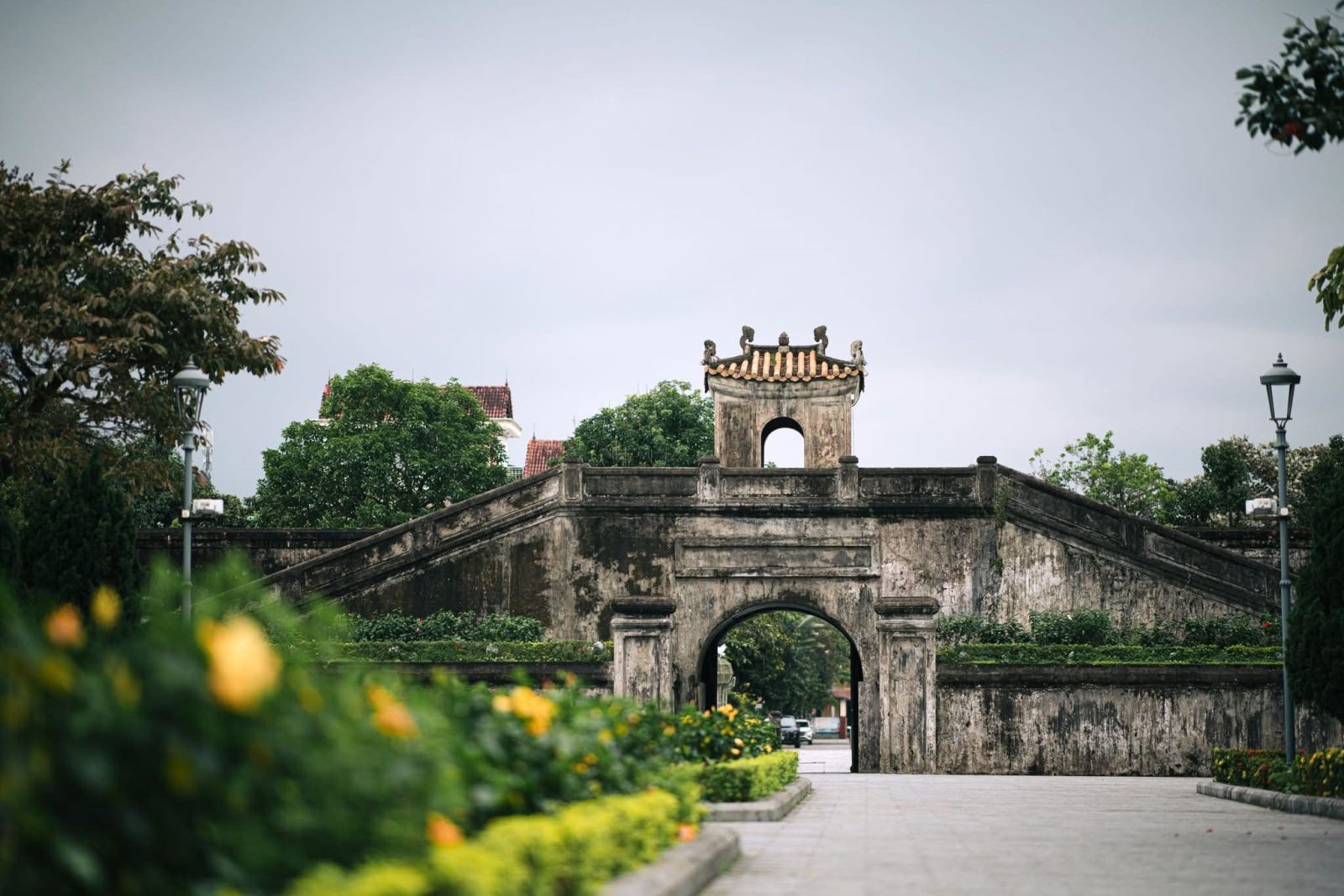
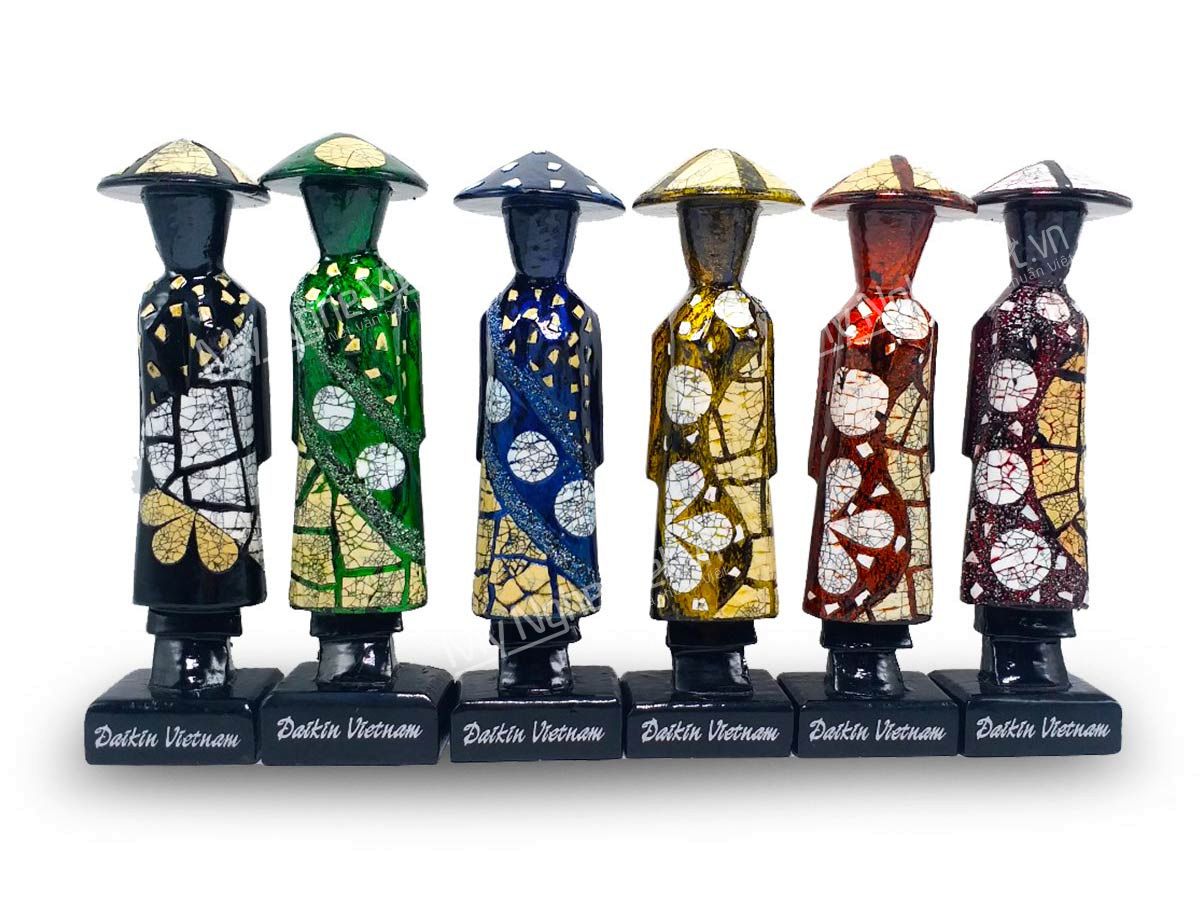
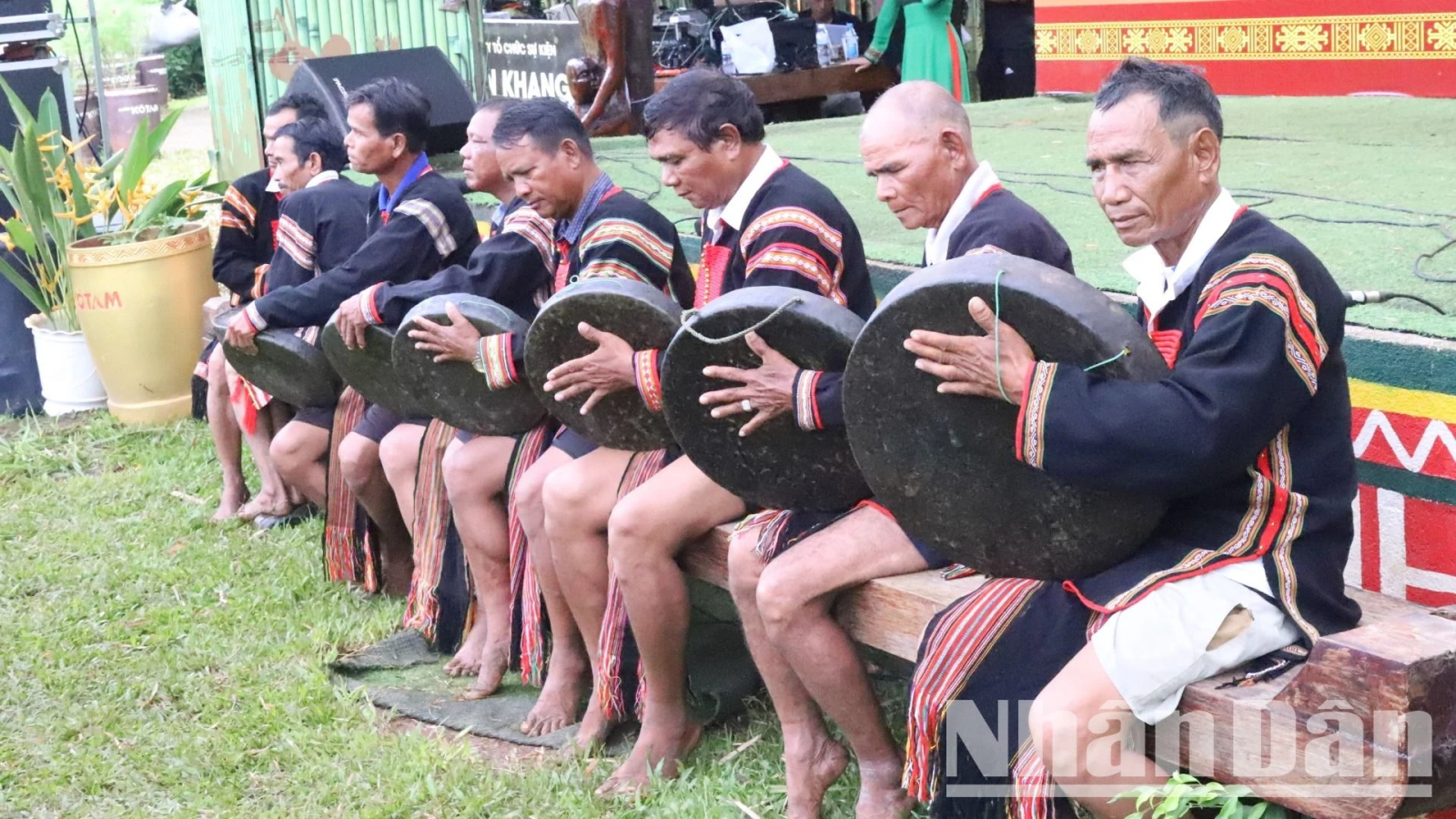





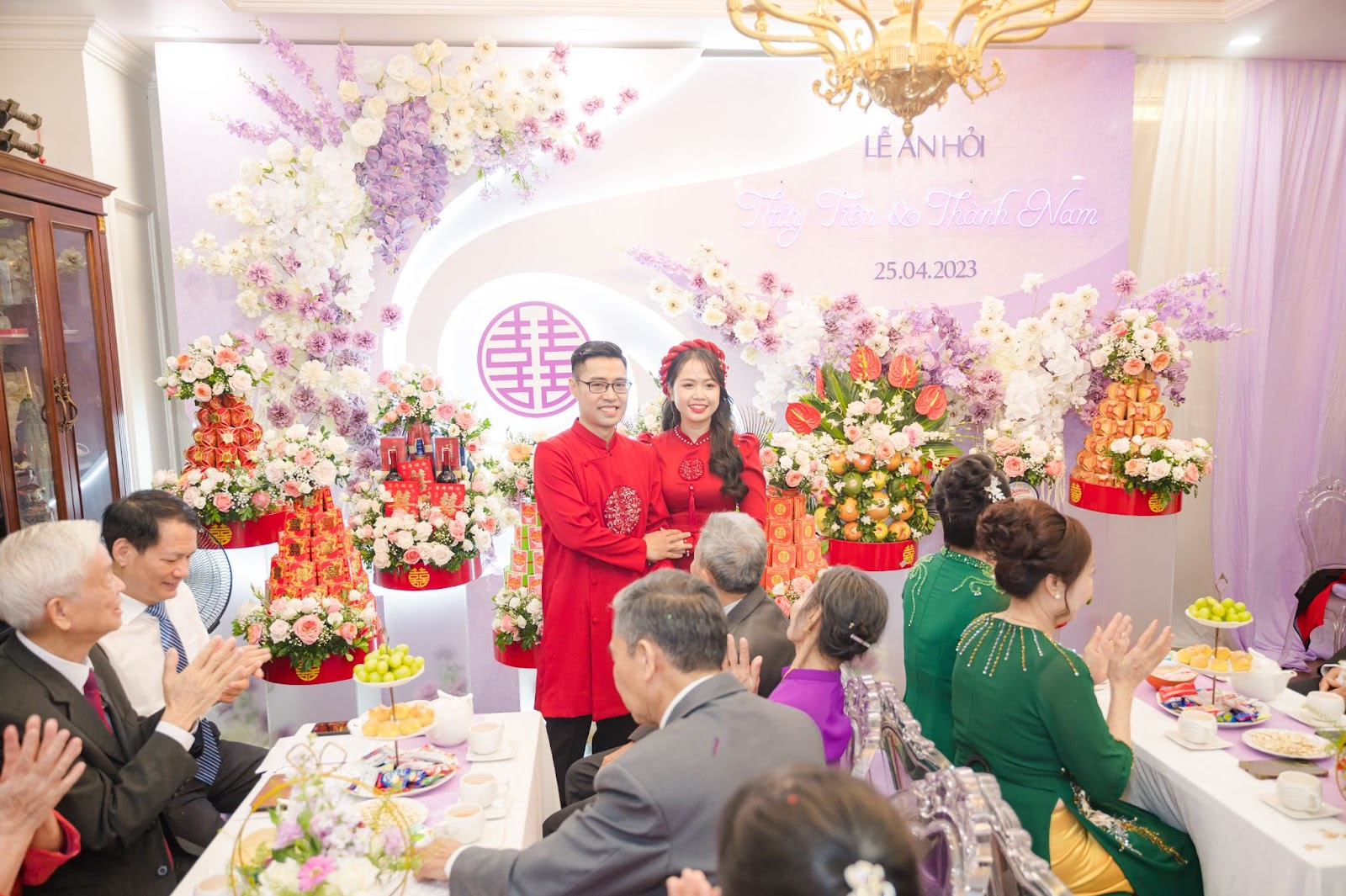

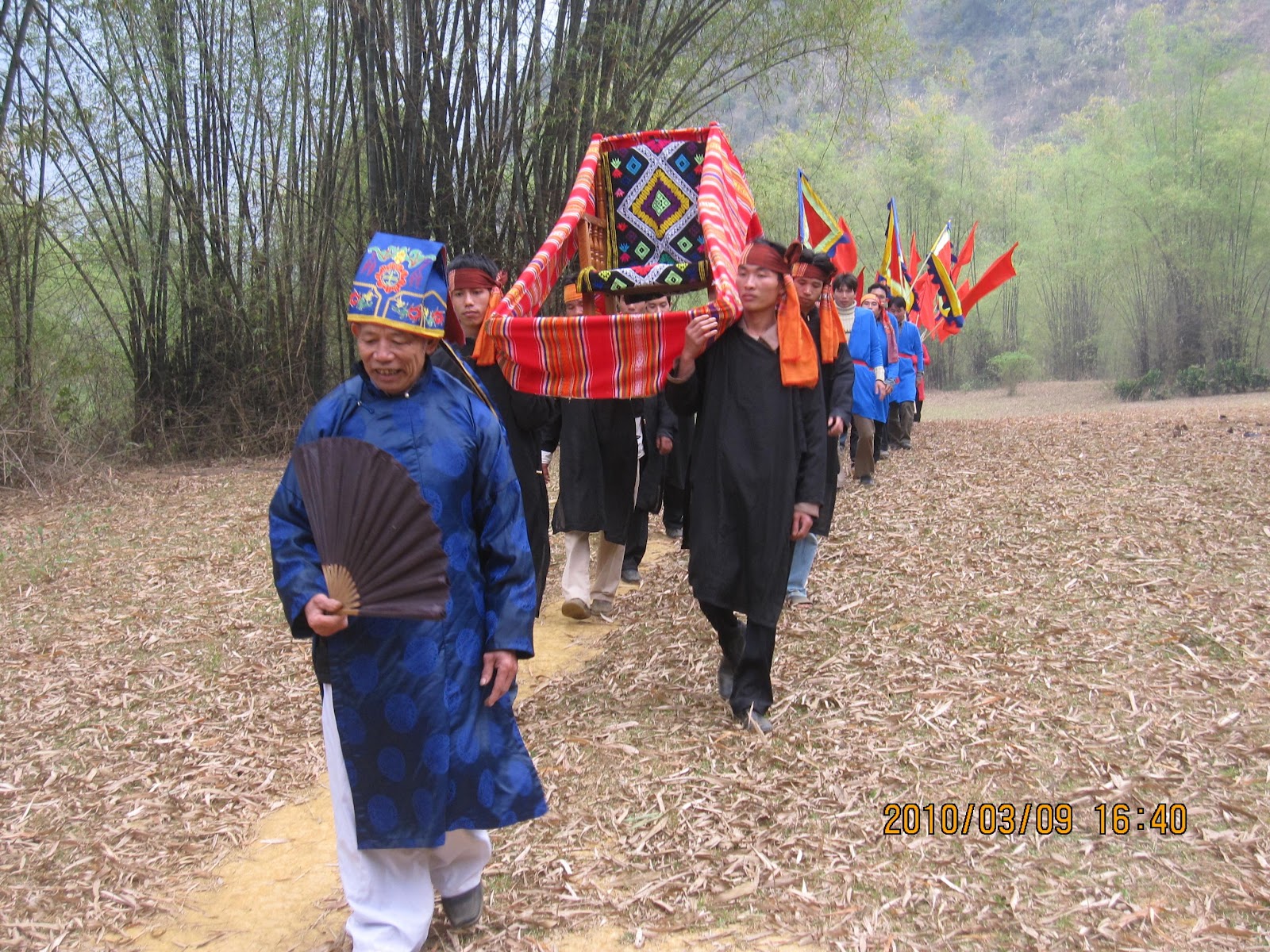
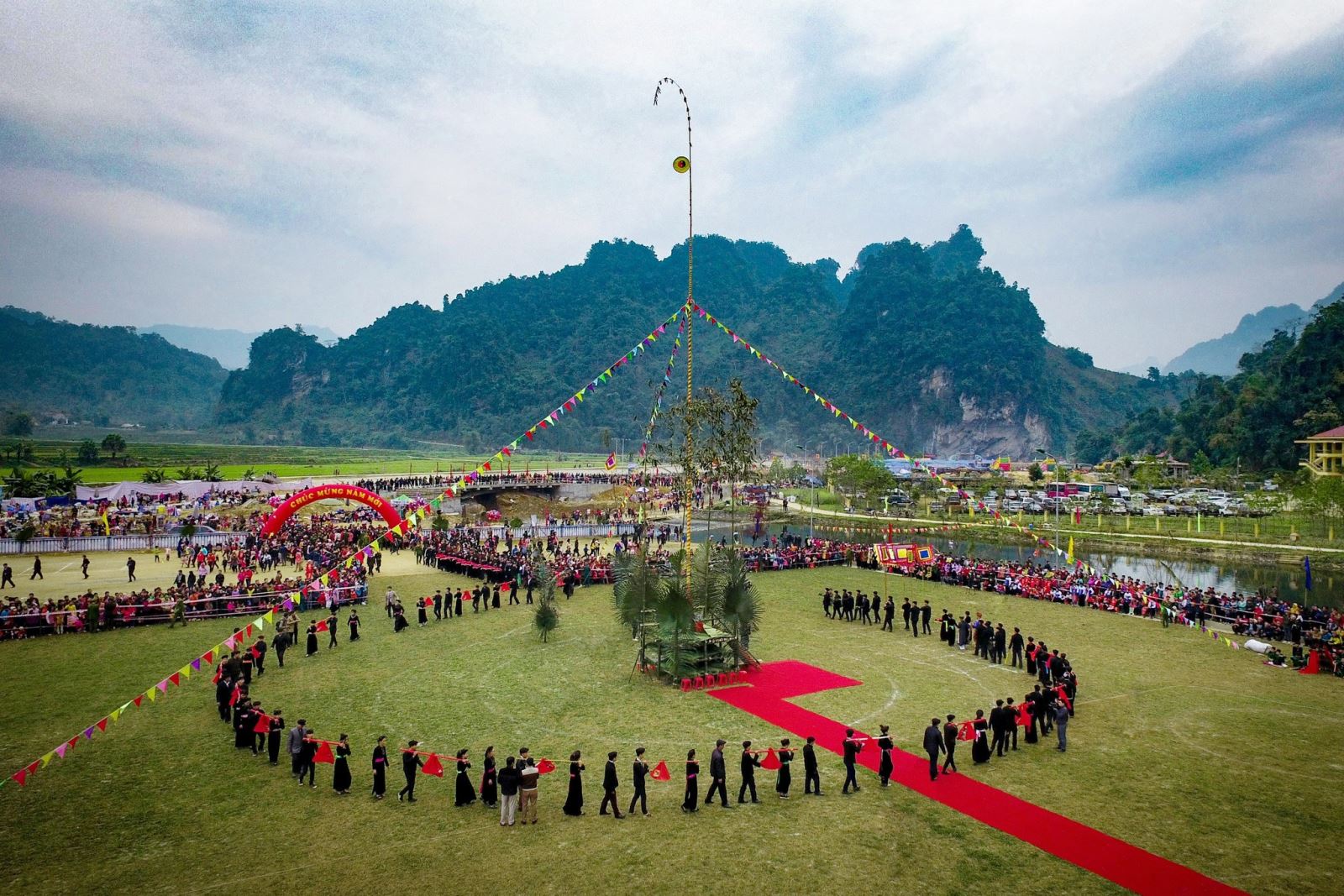

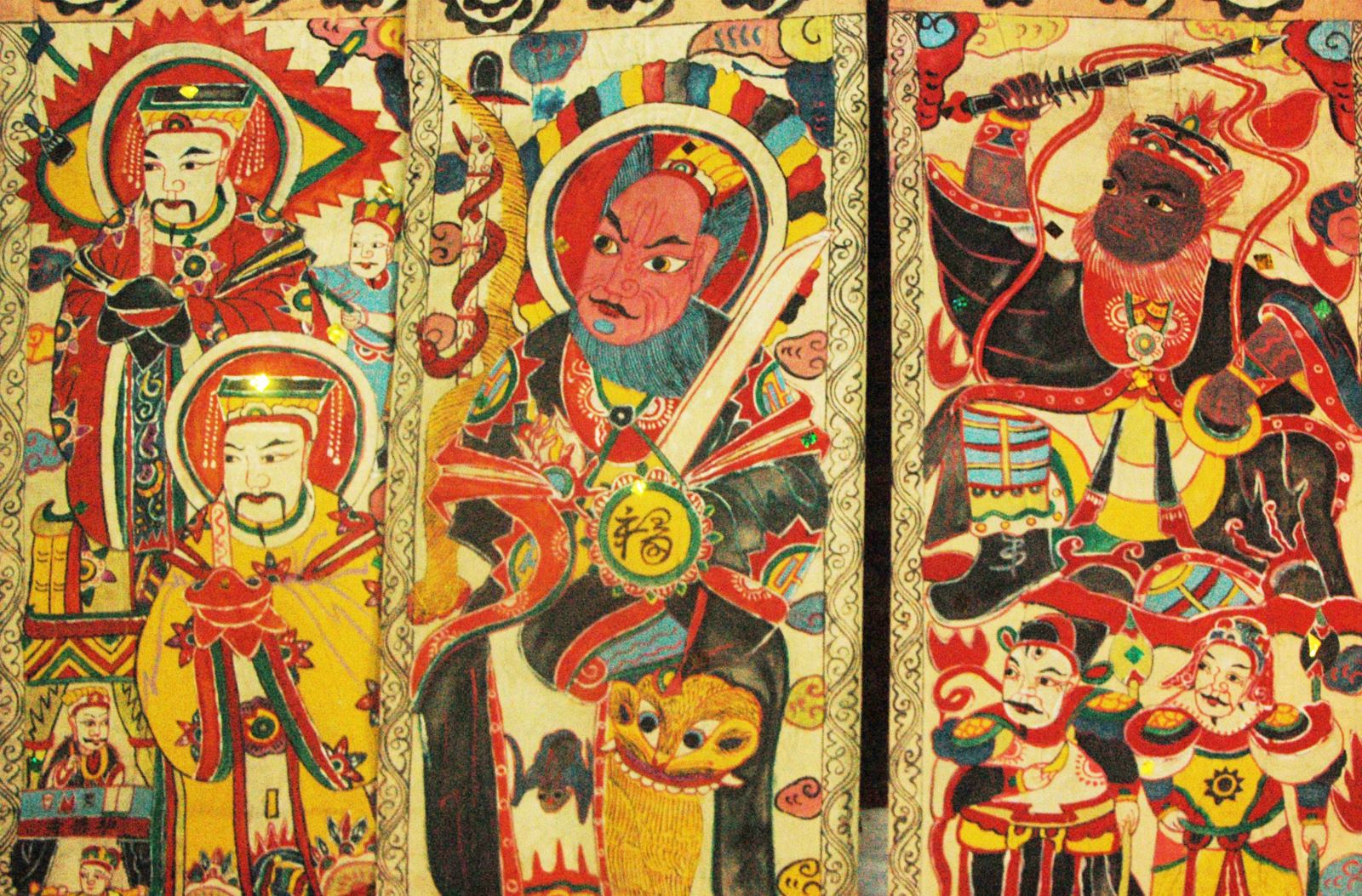

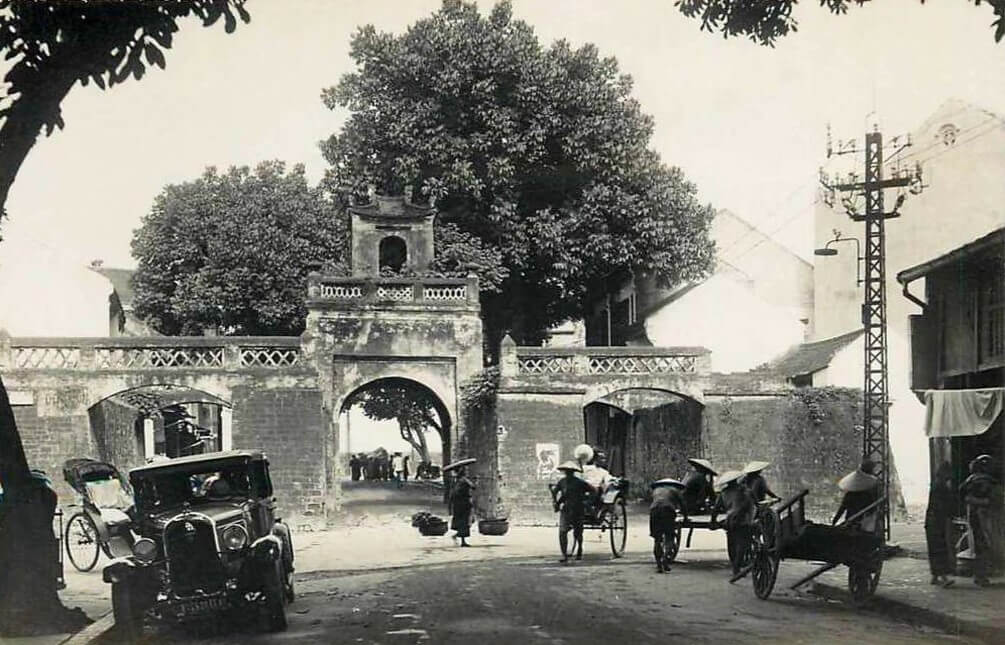
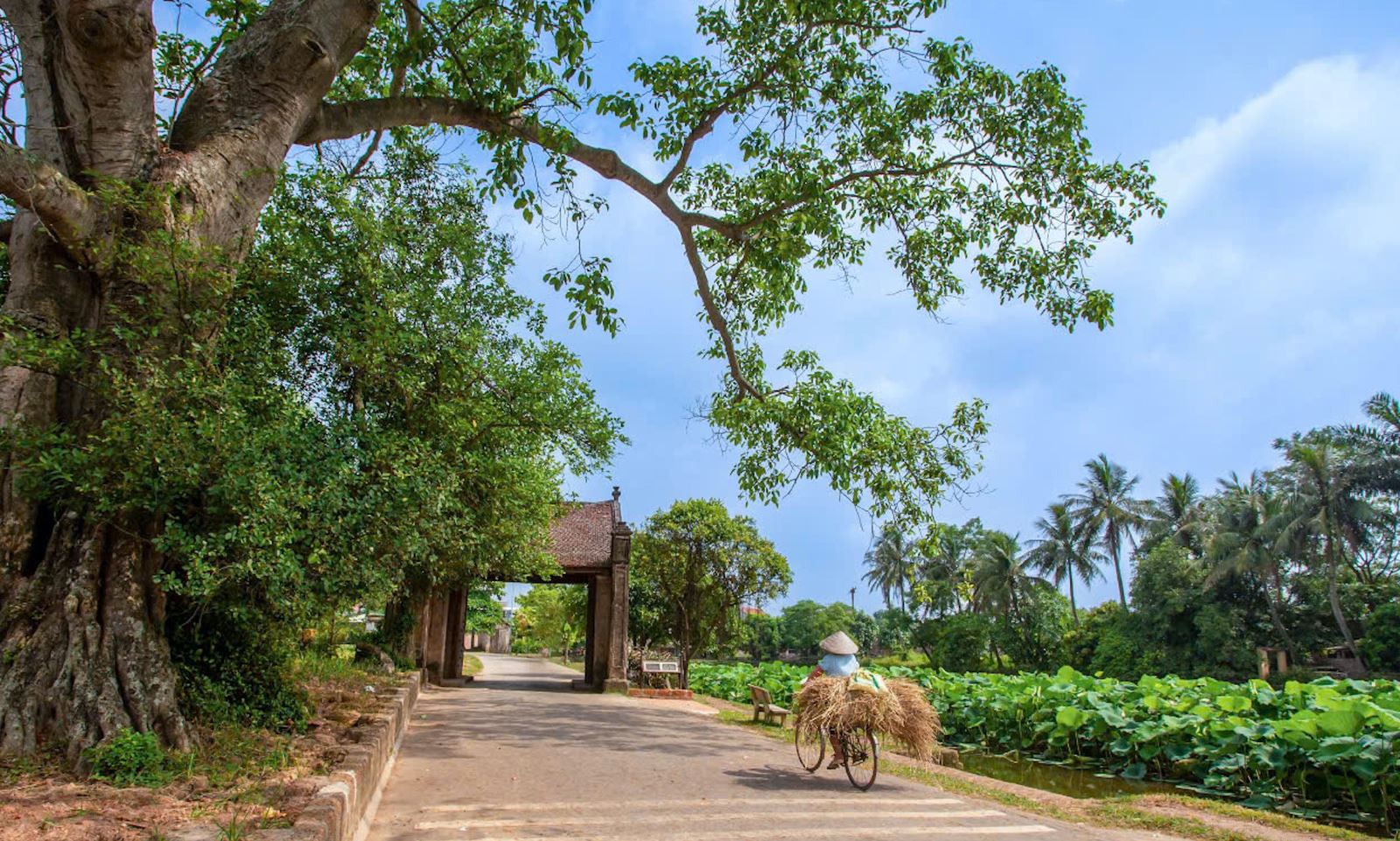
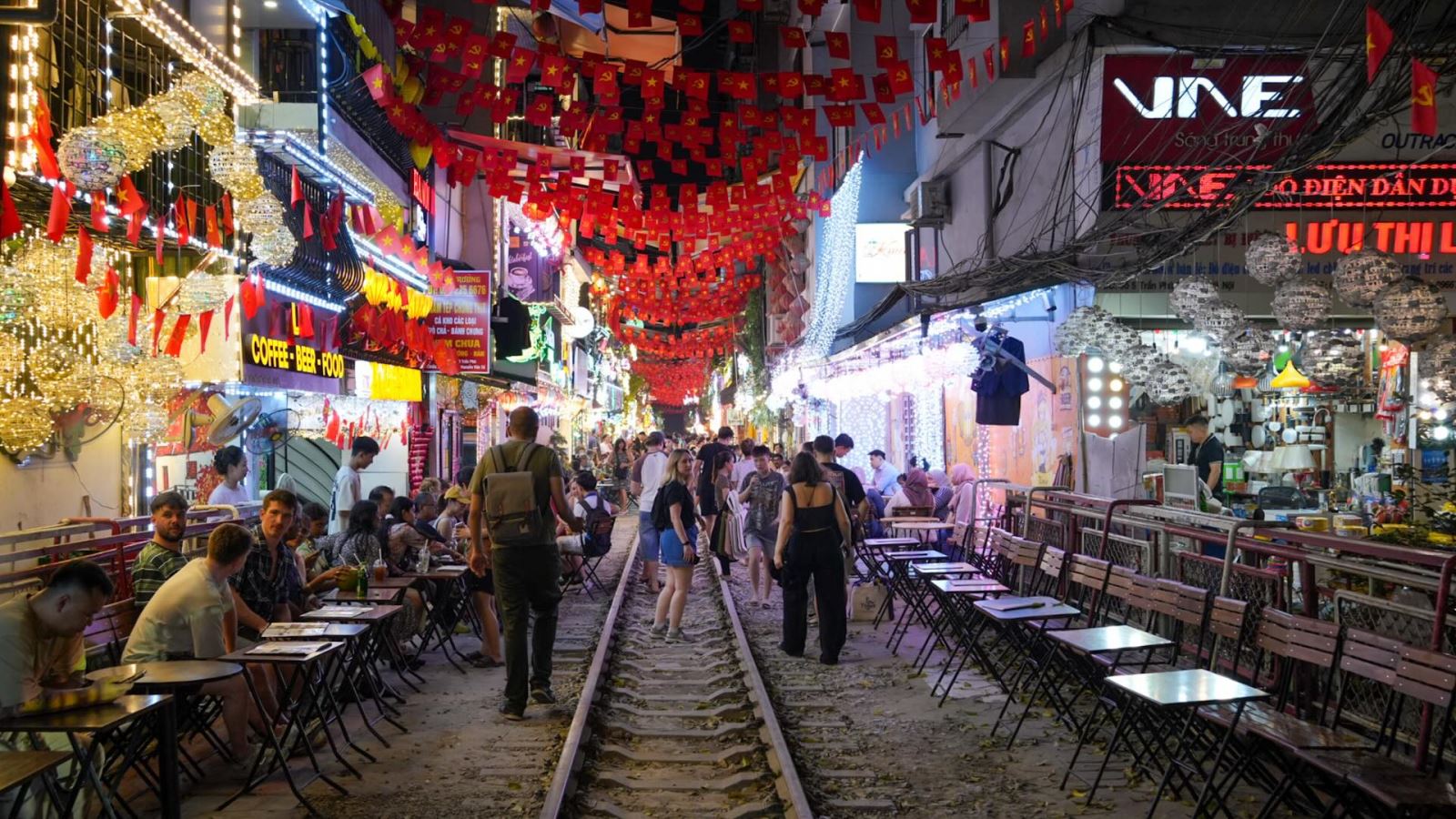
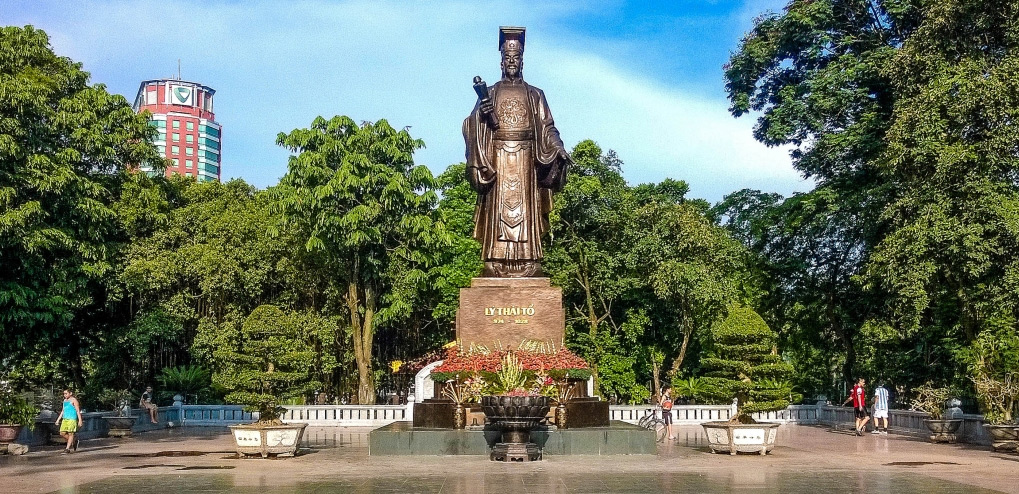



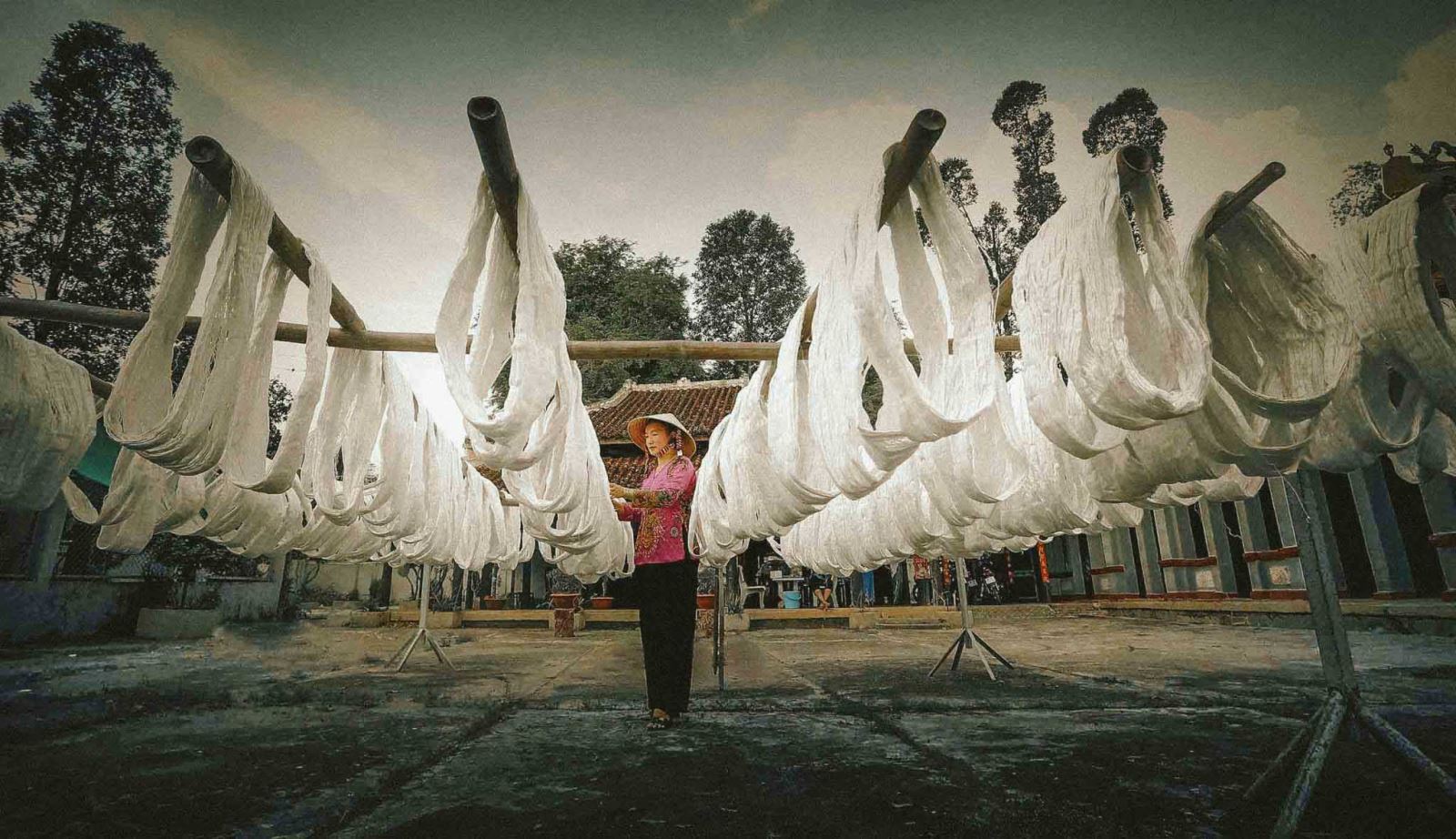

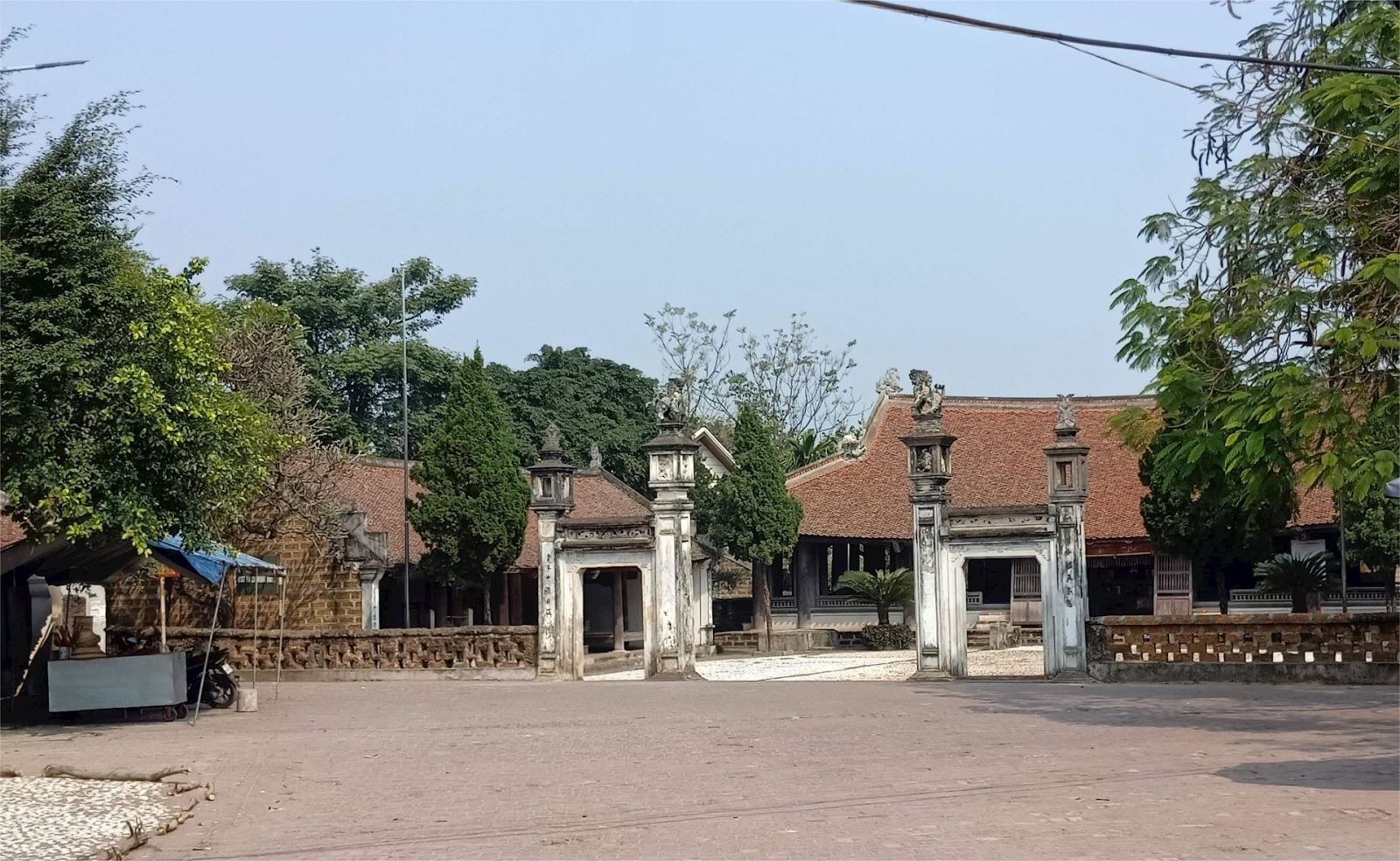
.png)